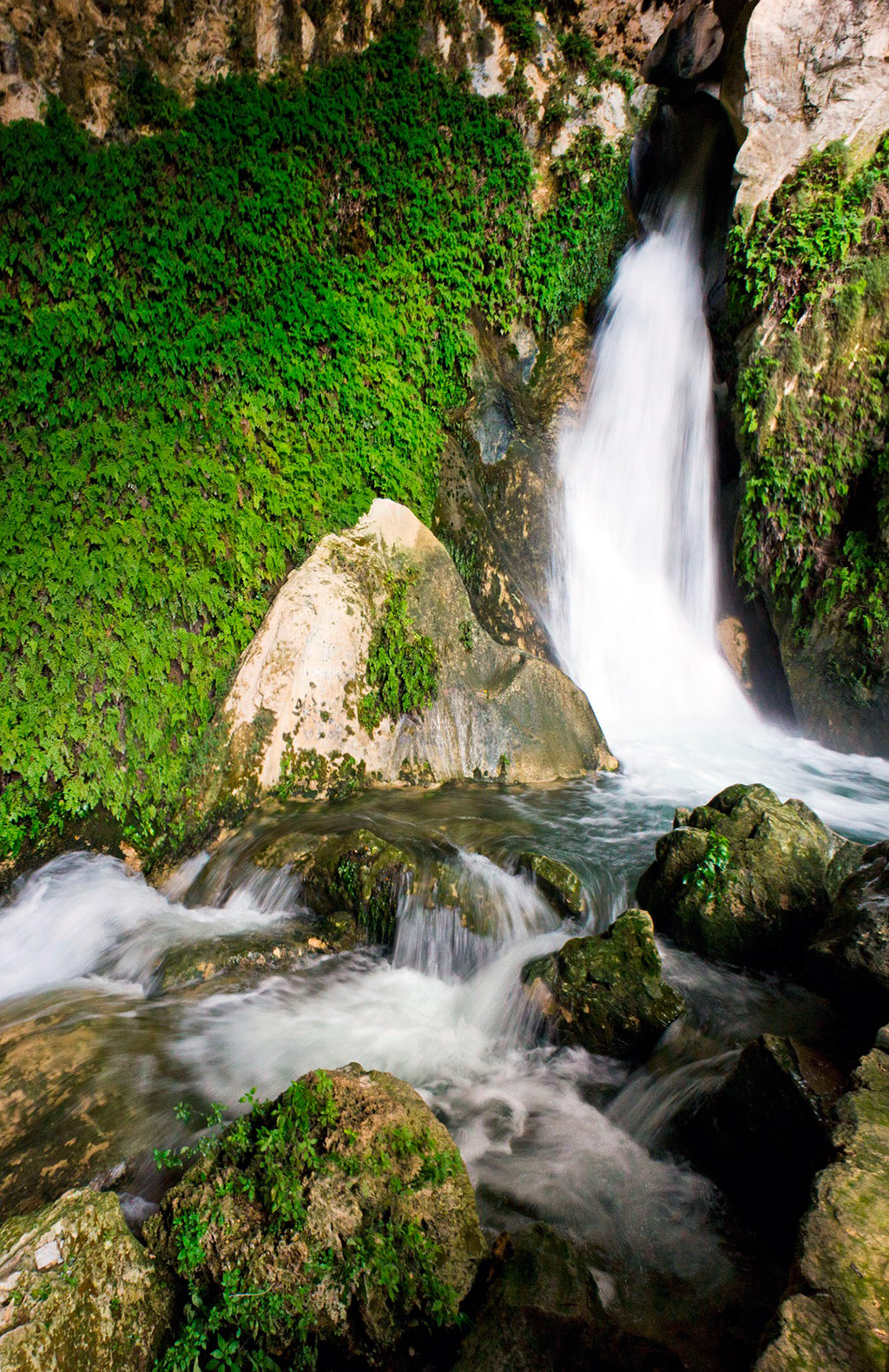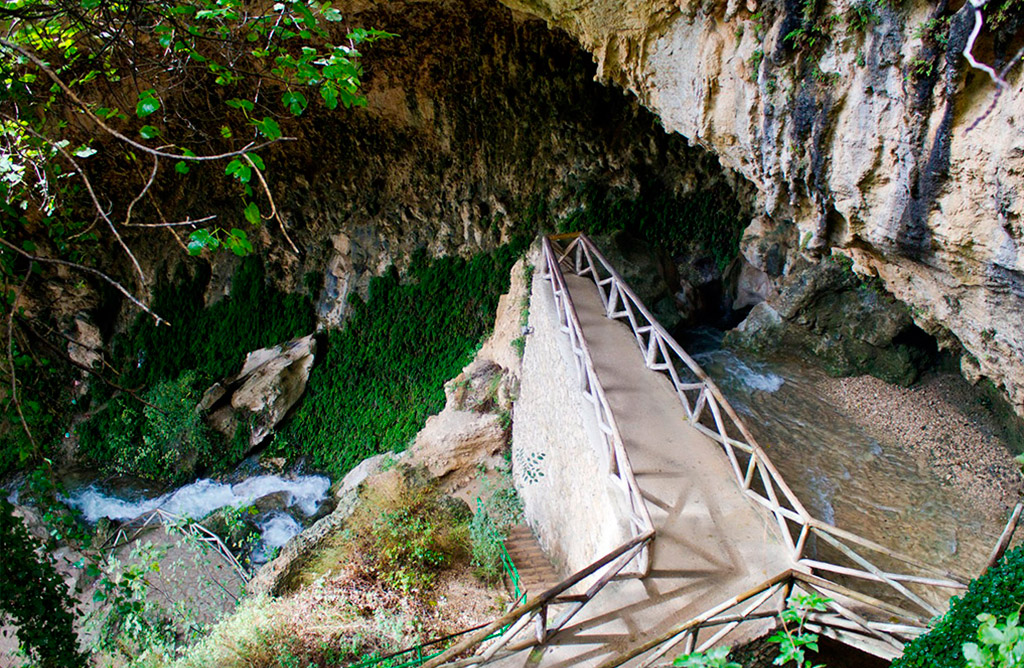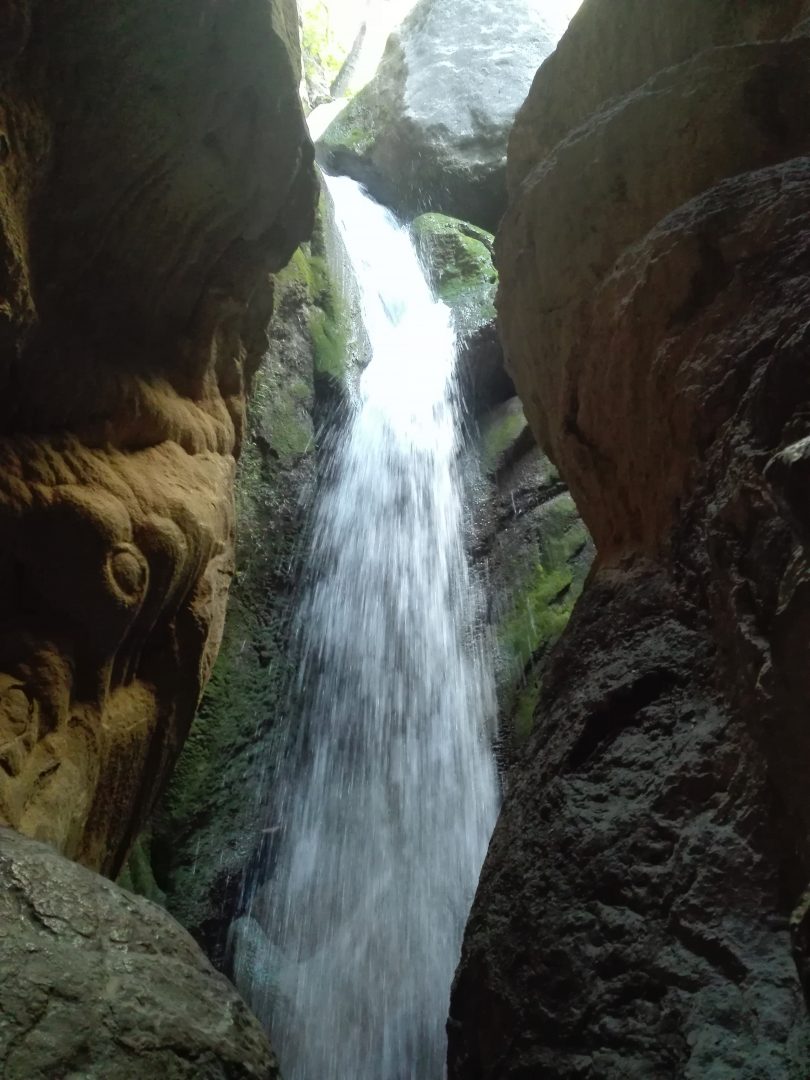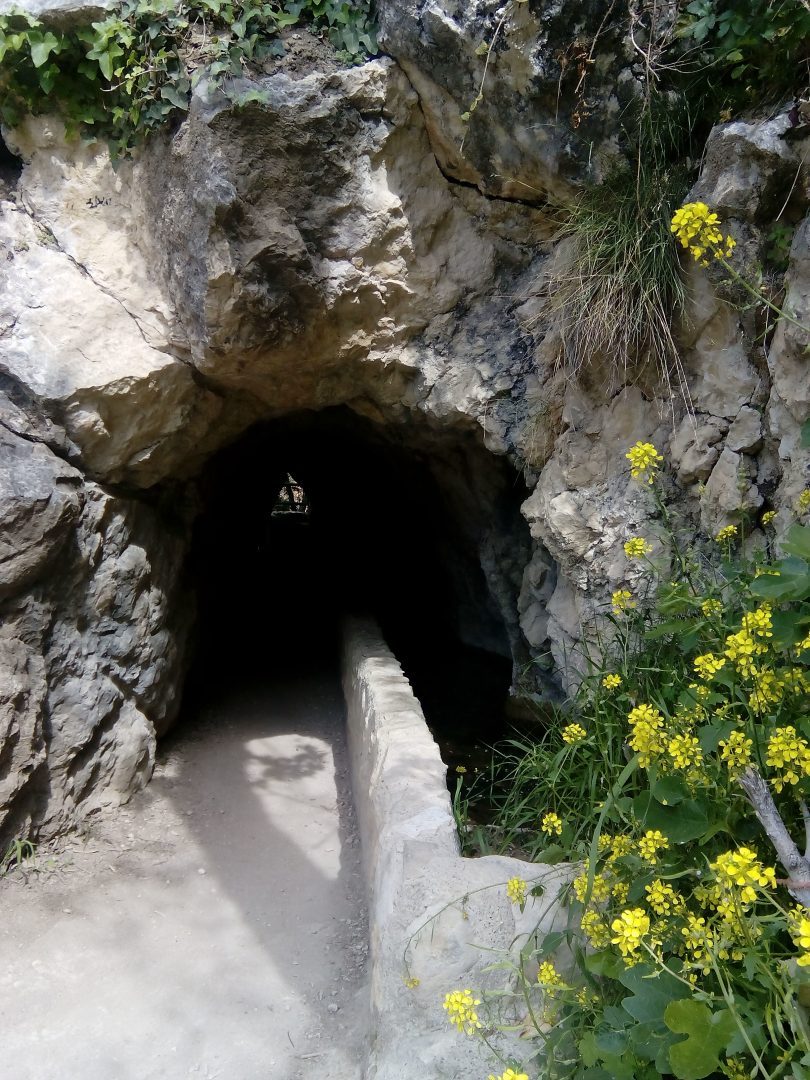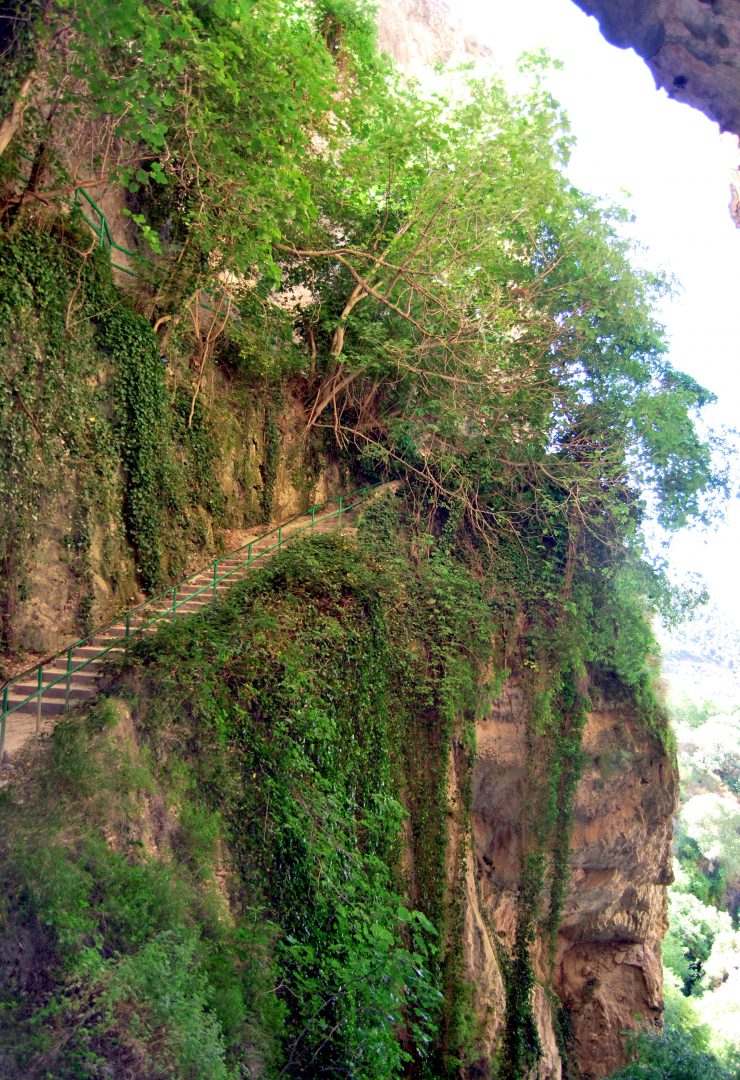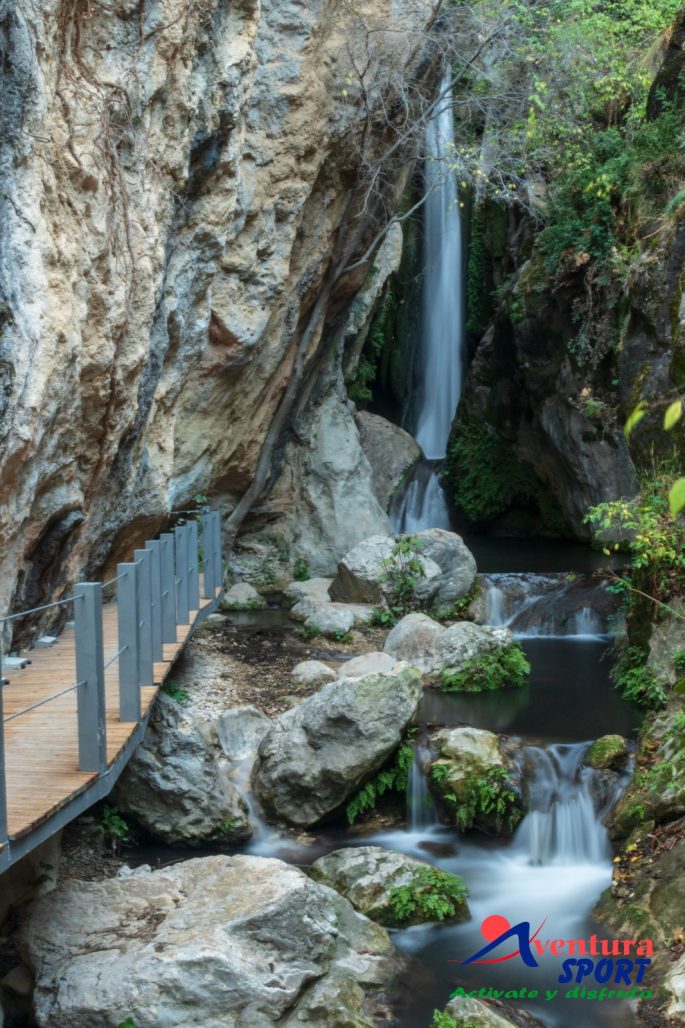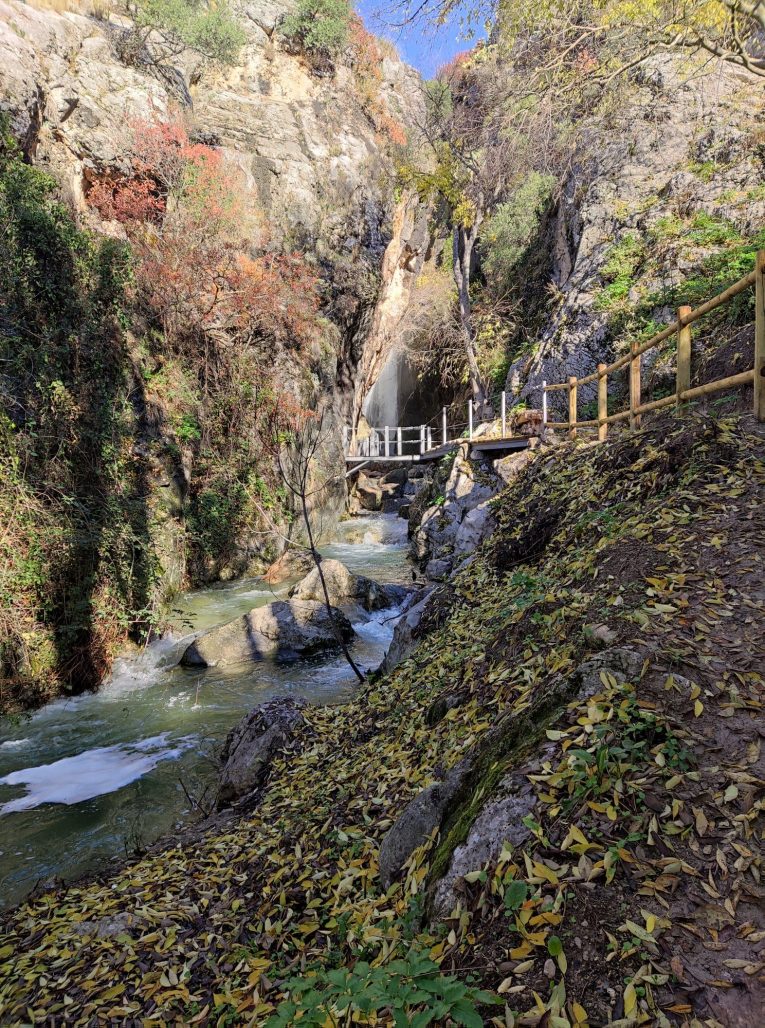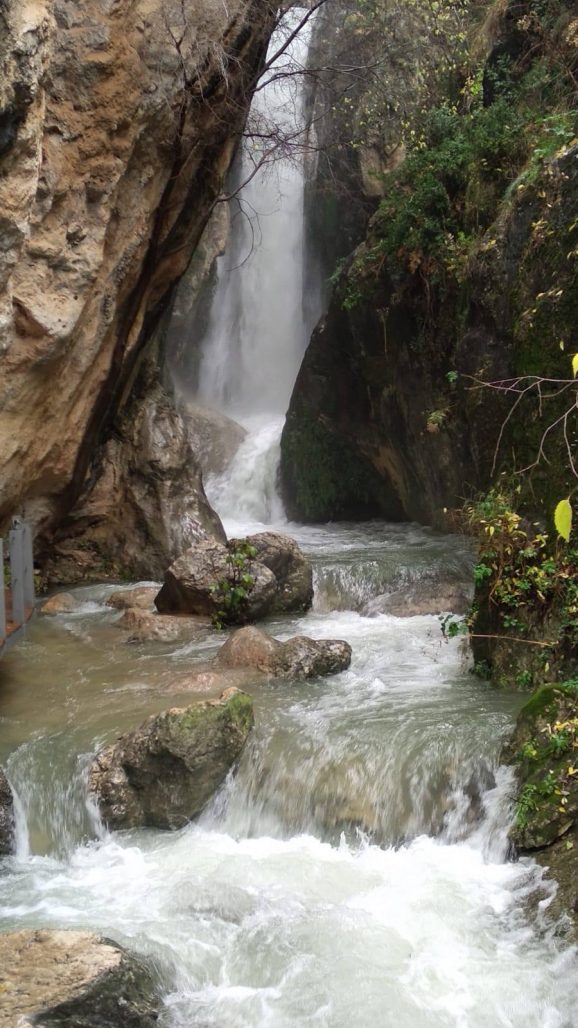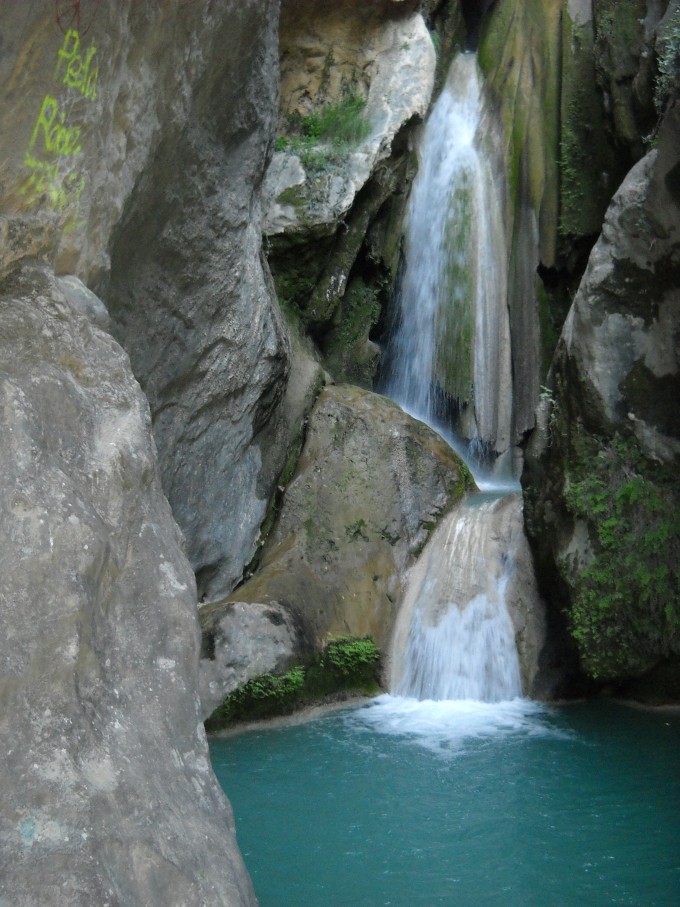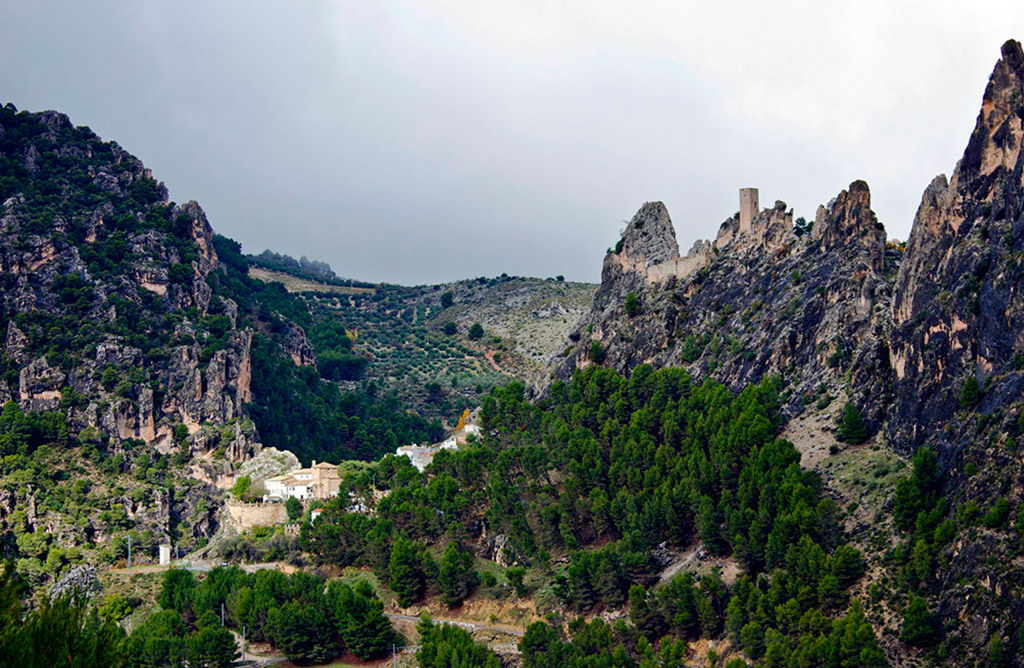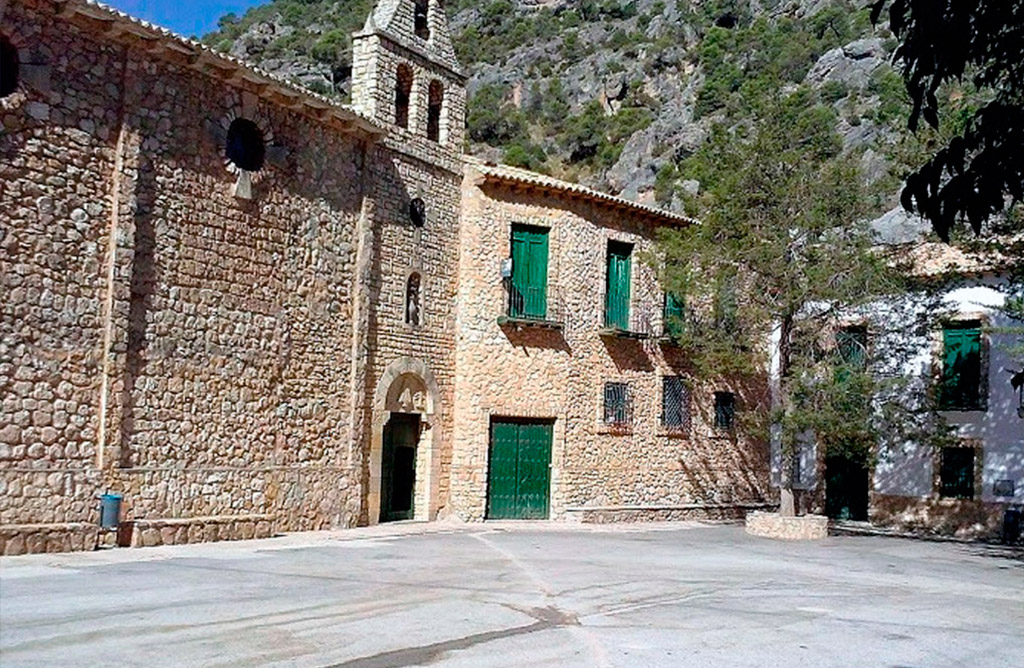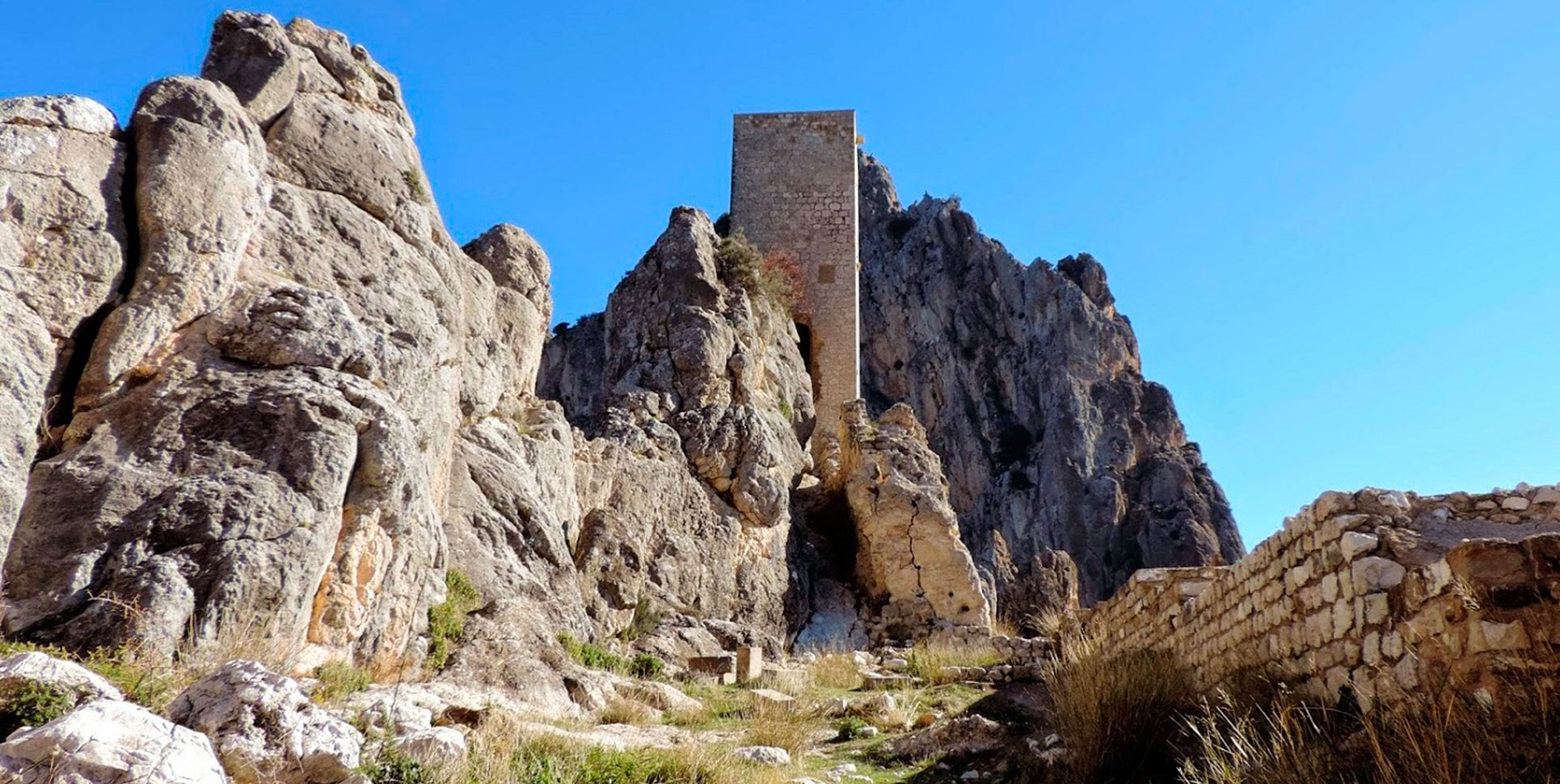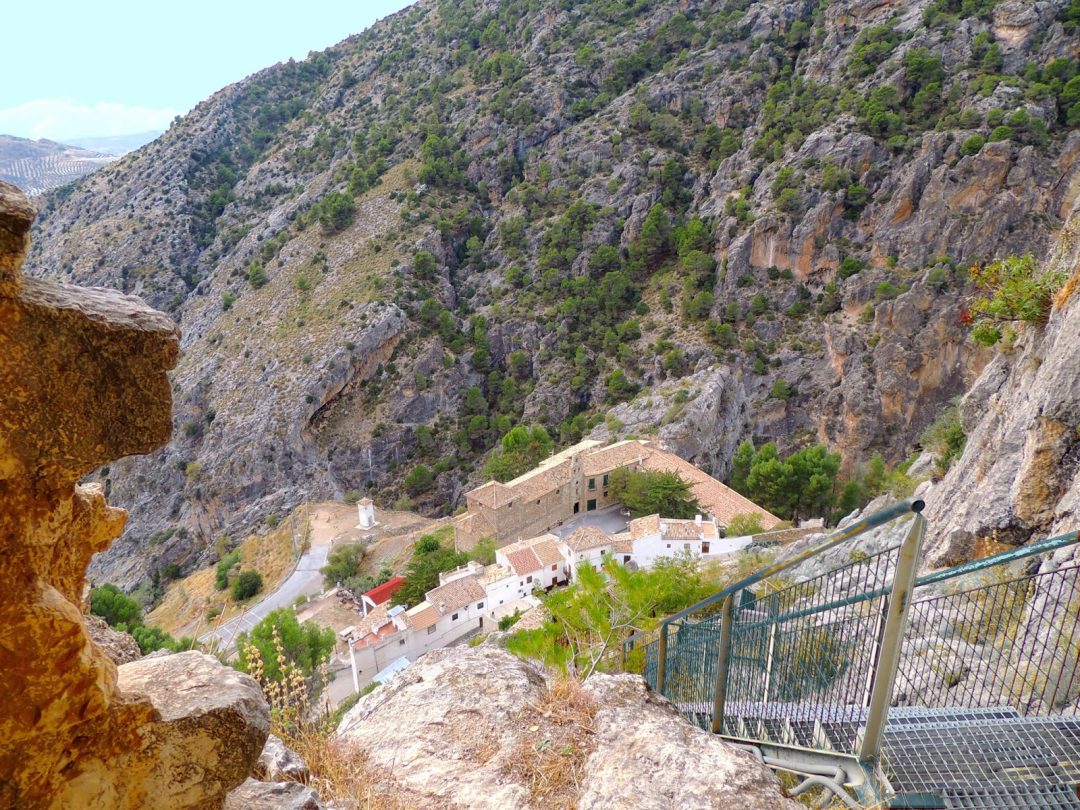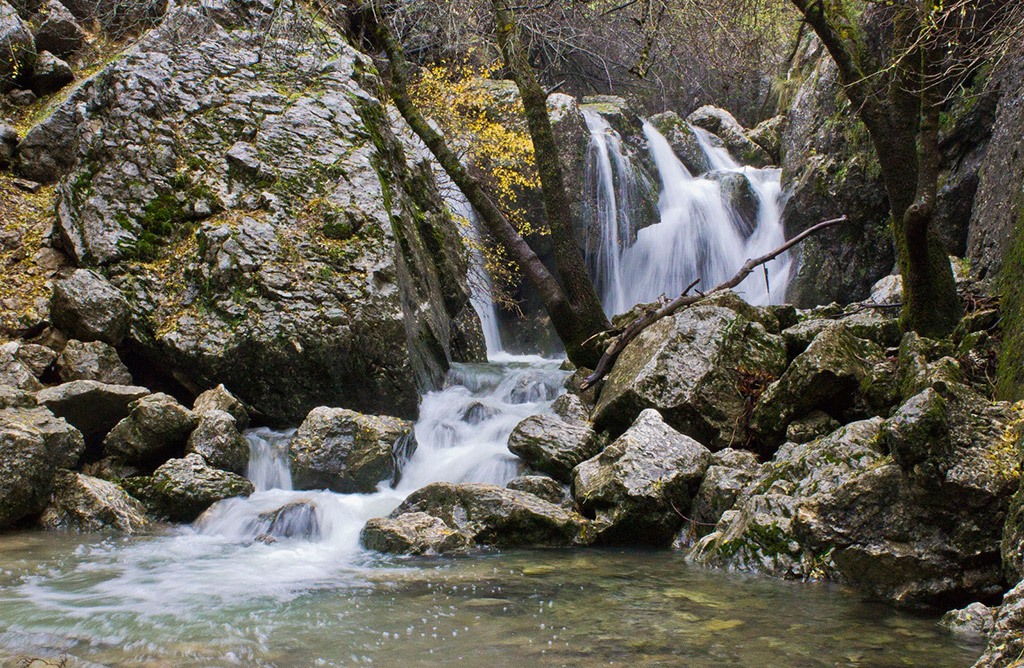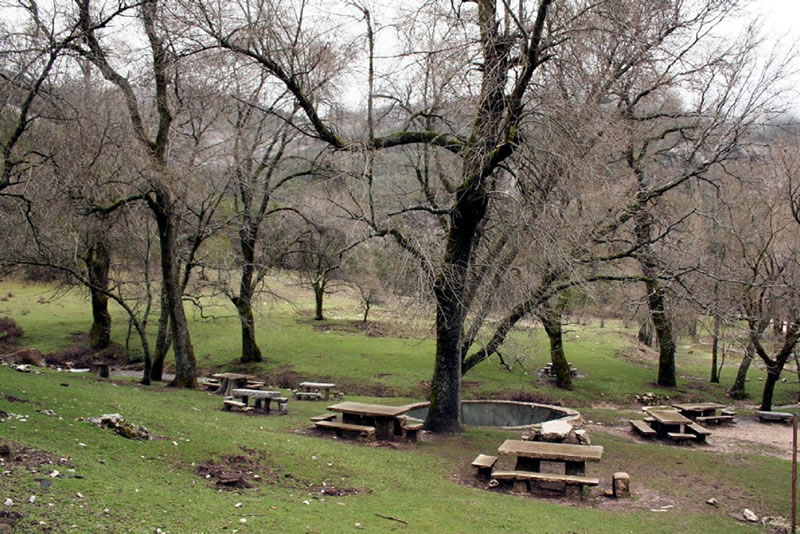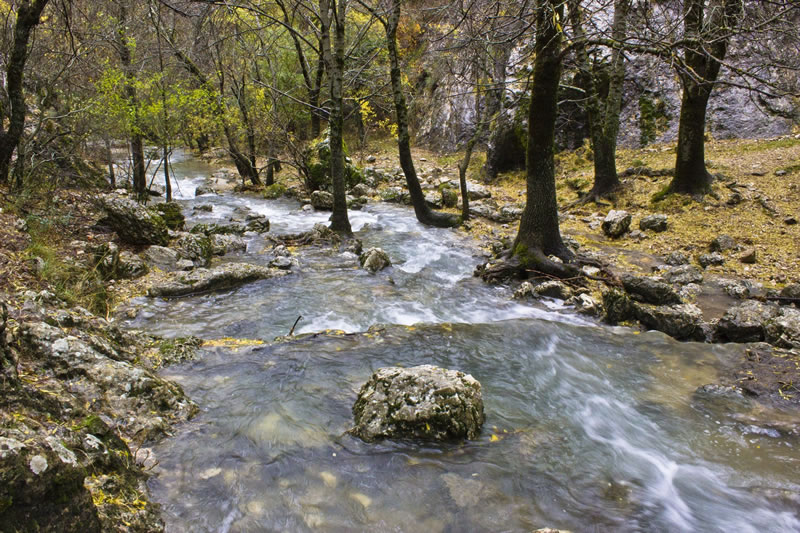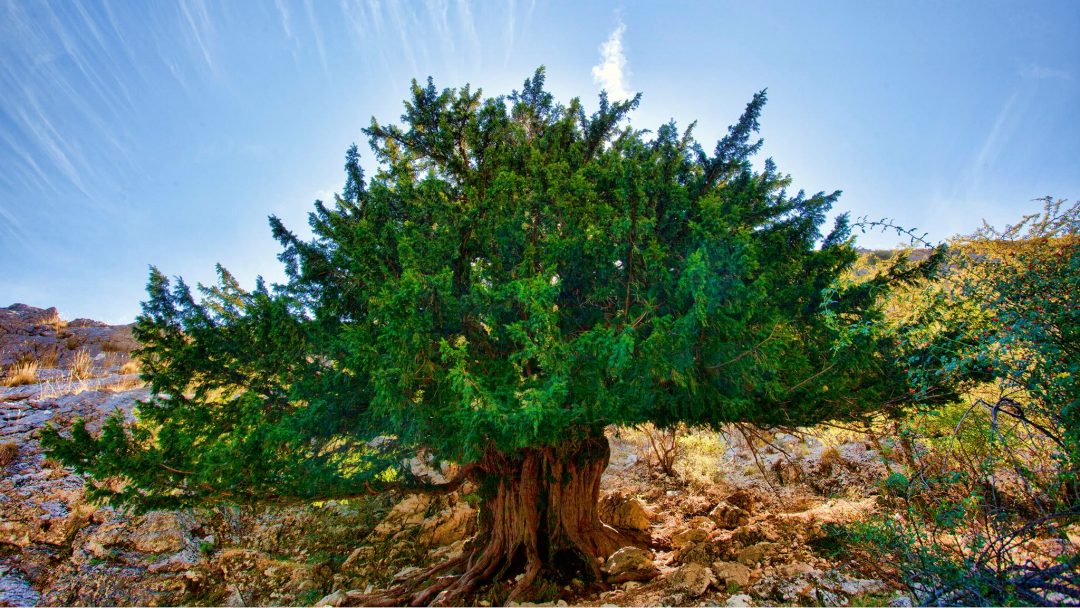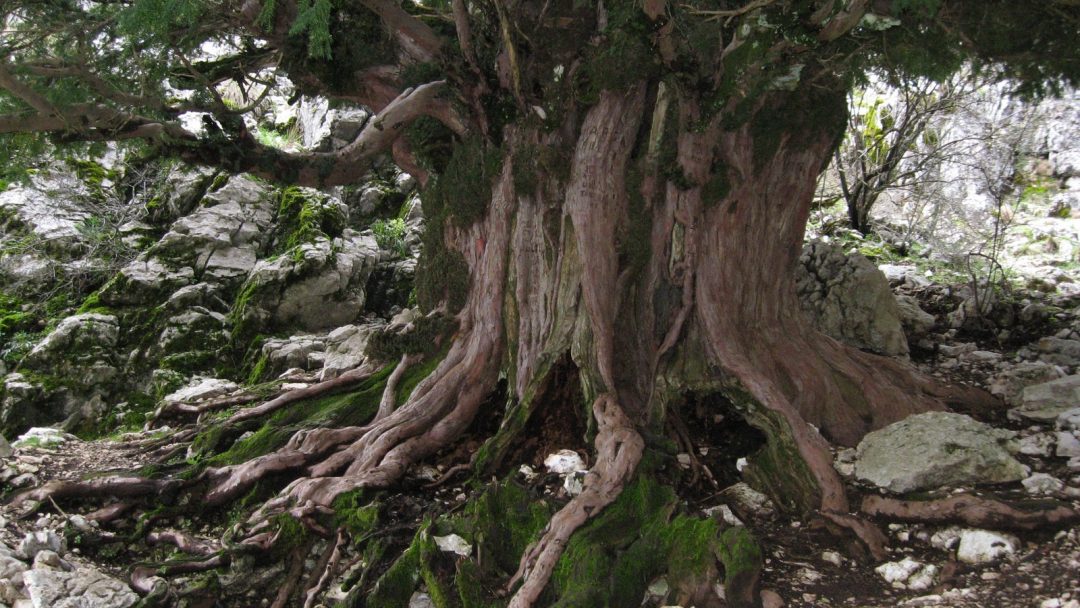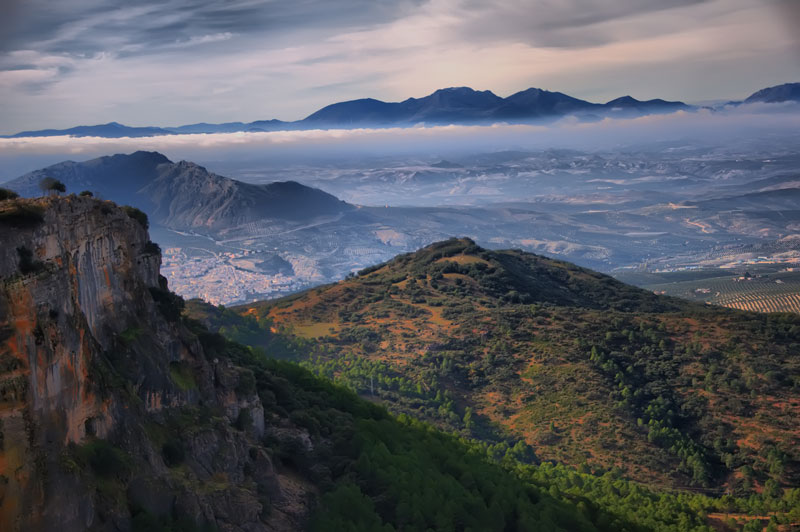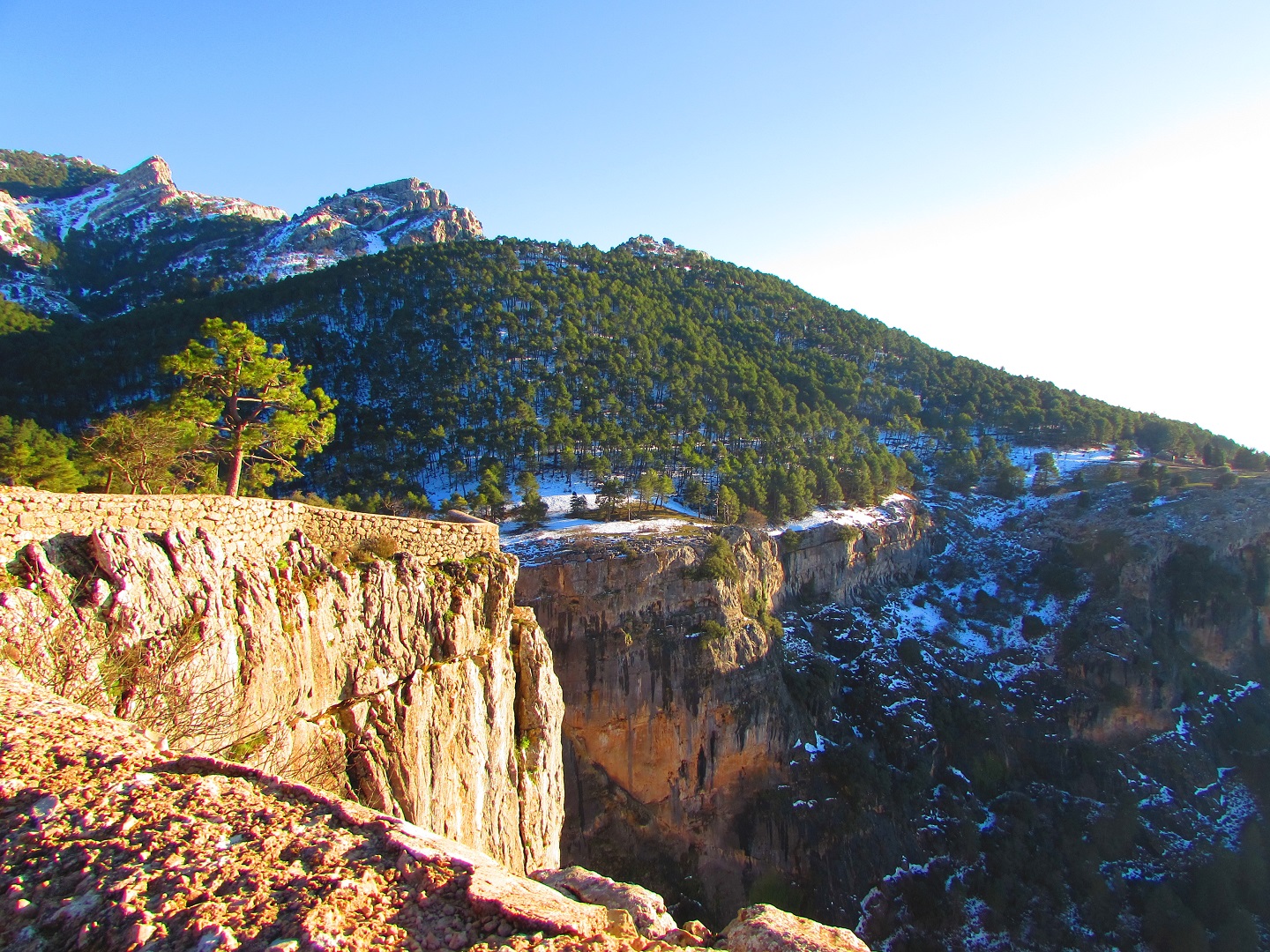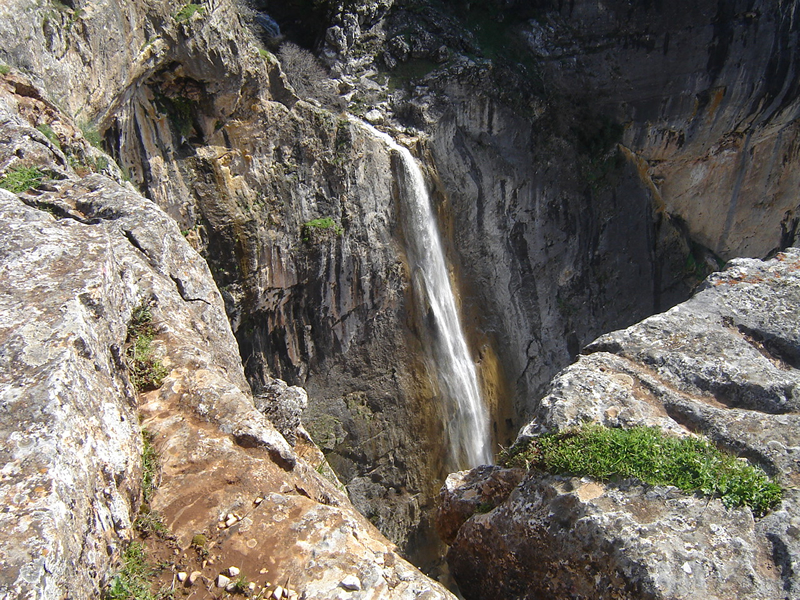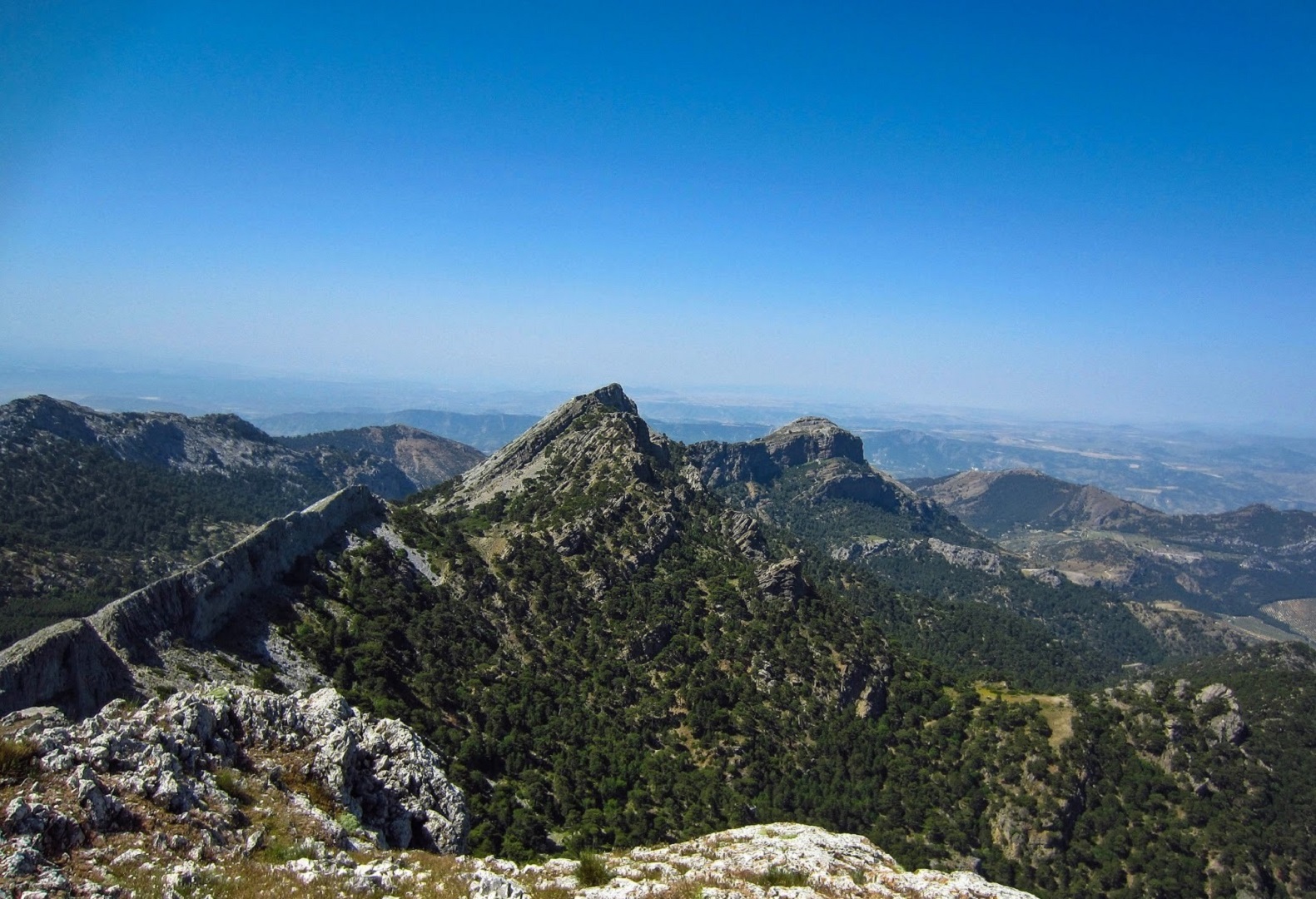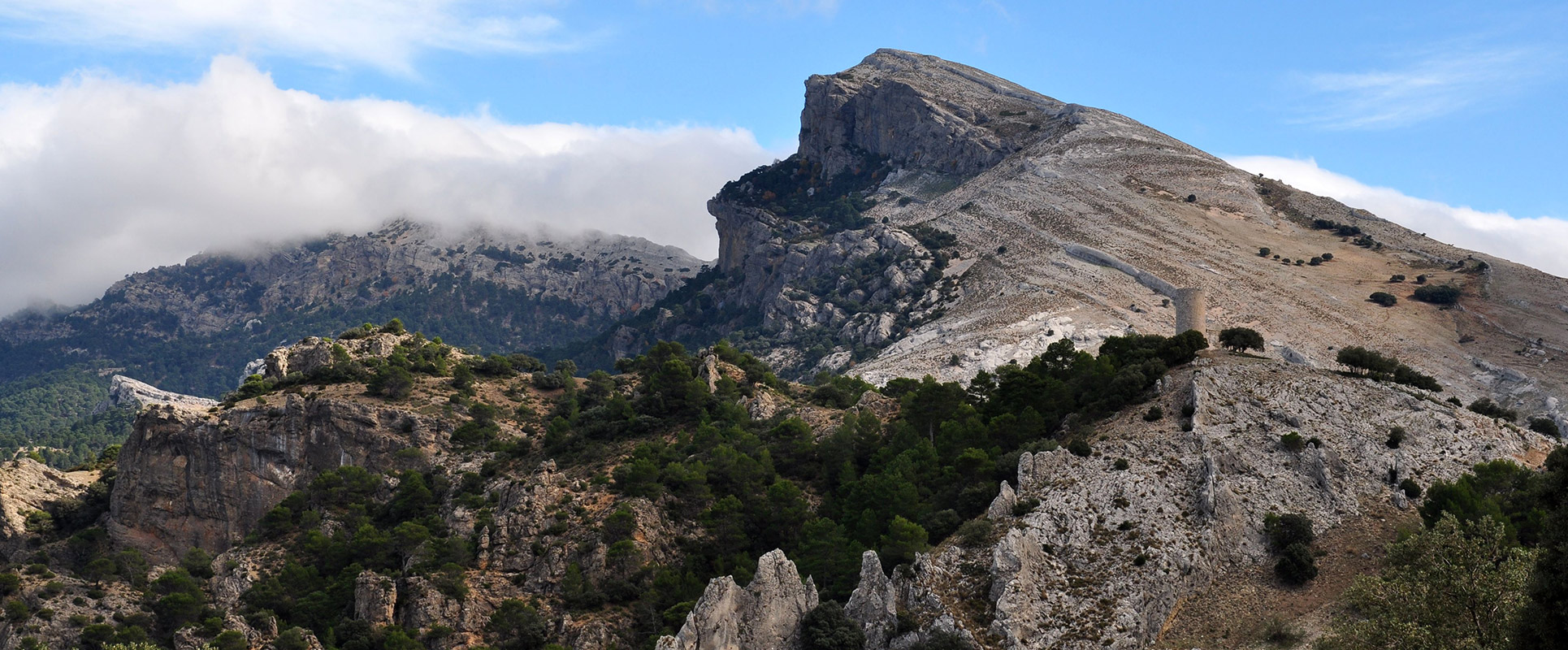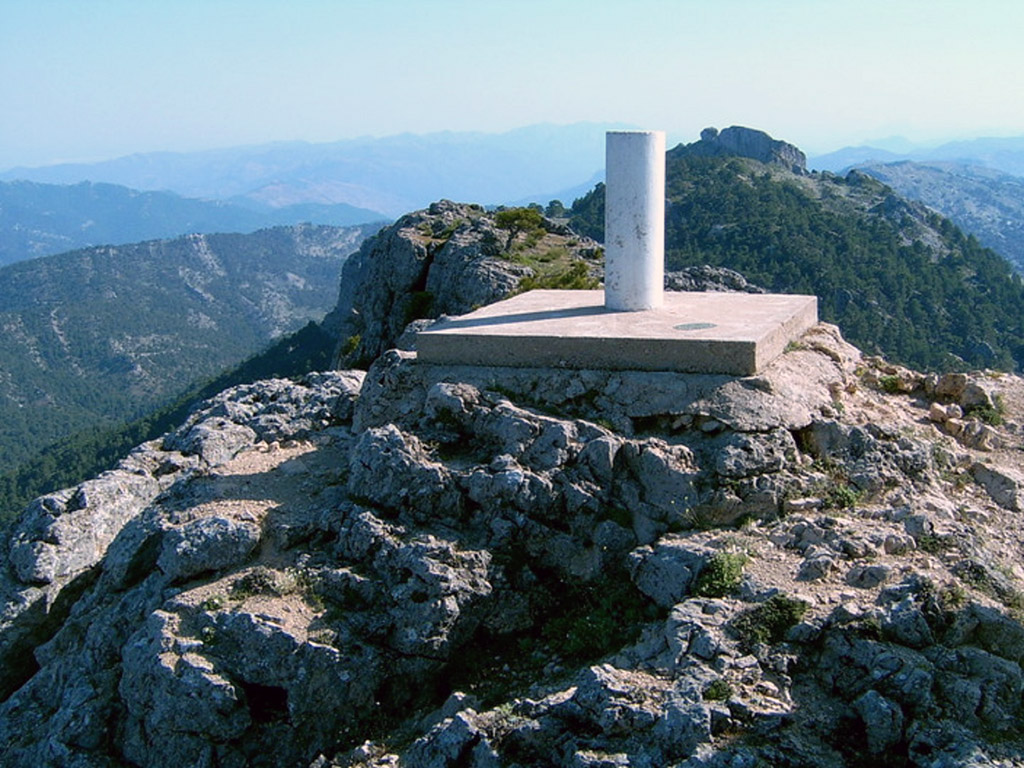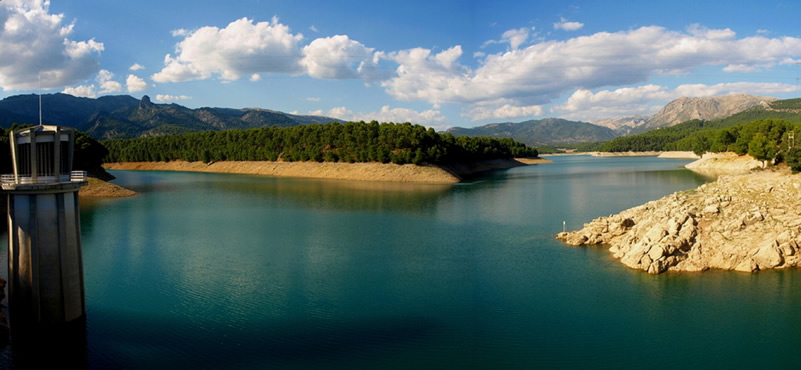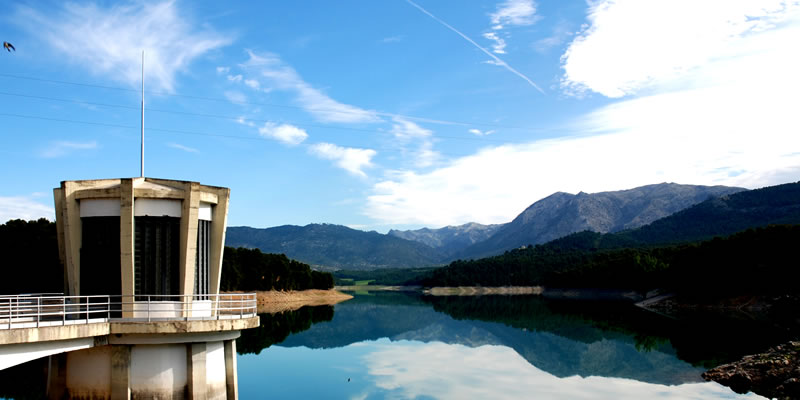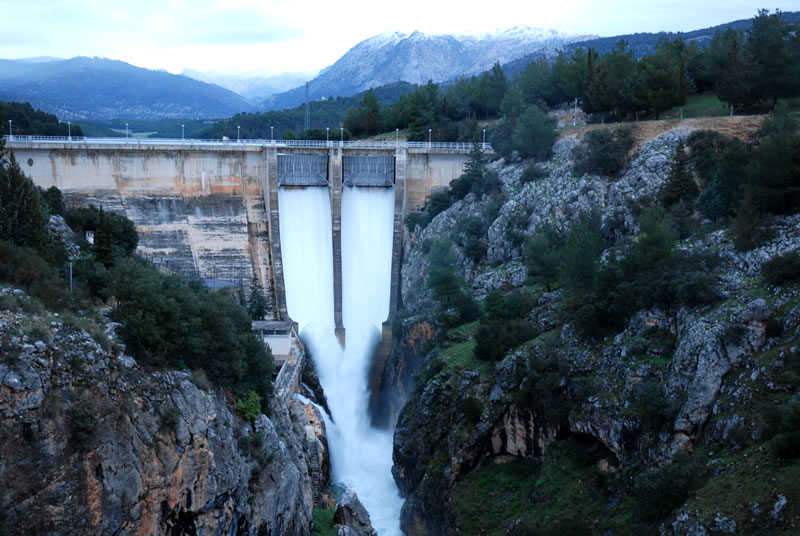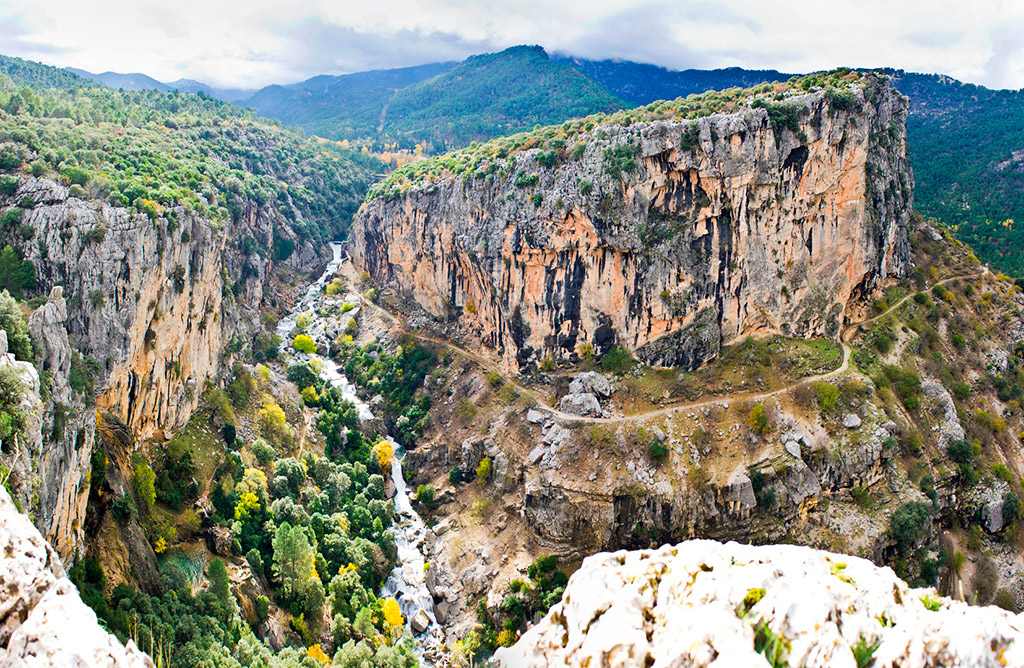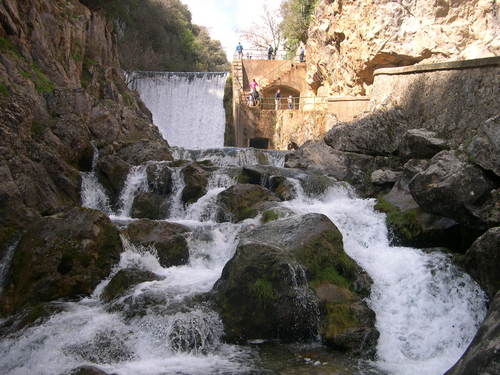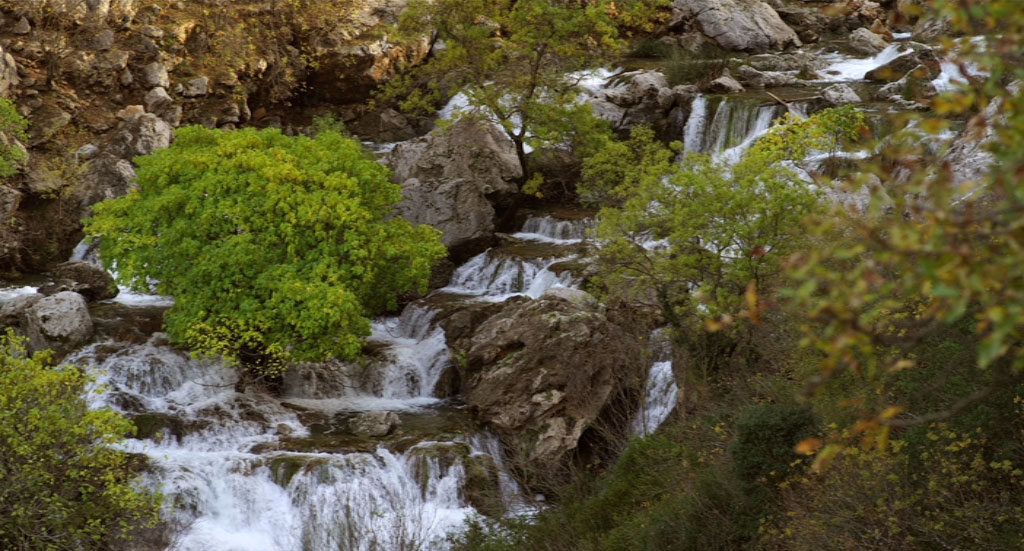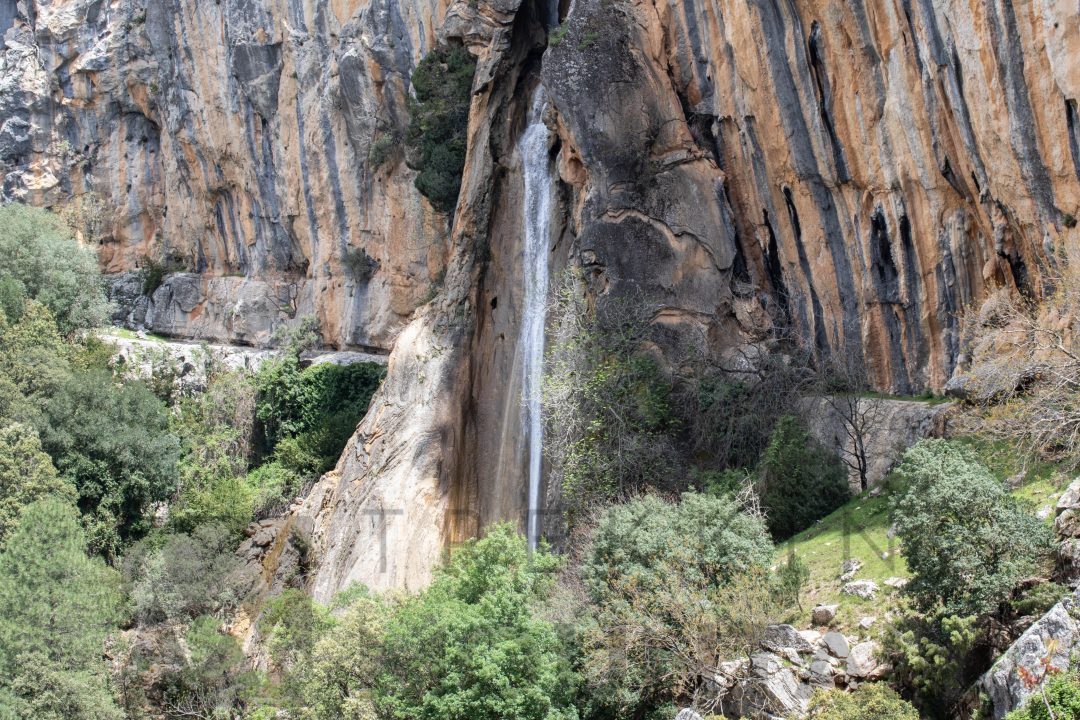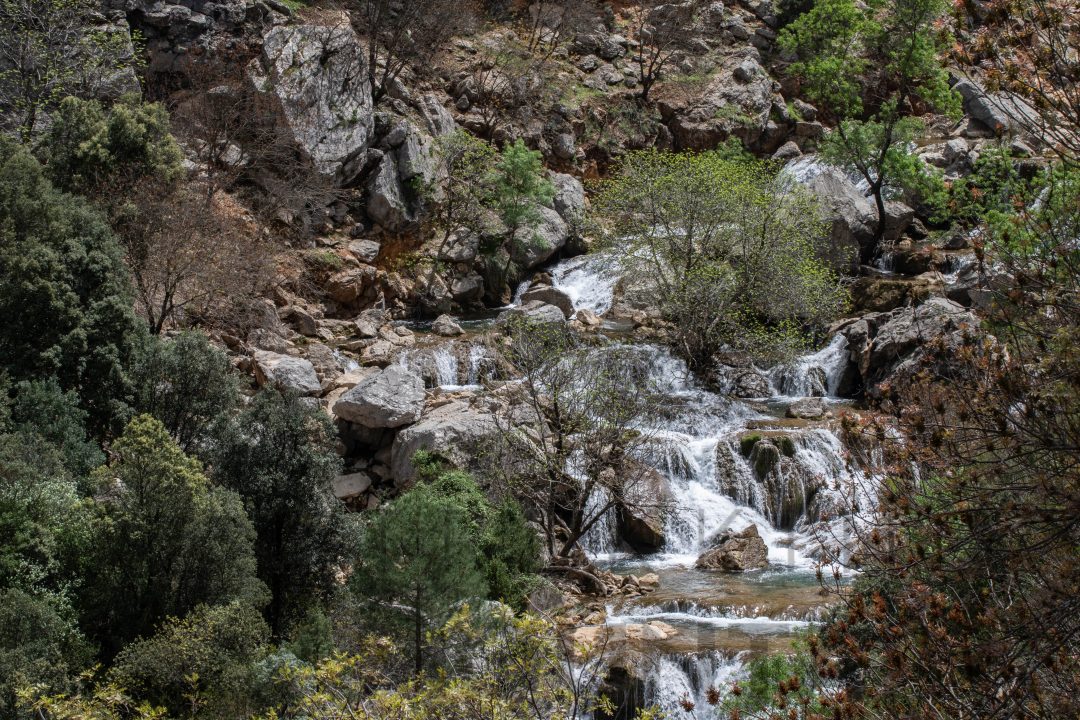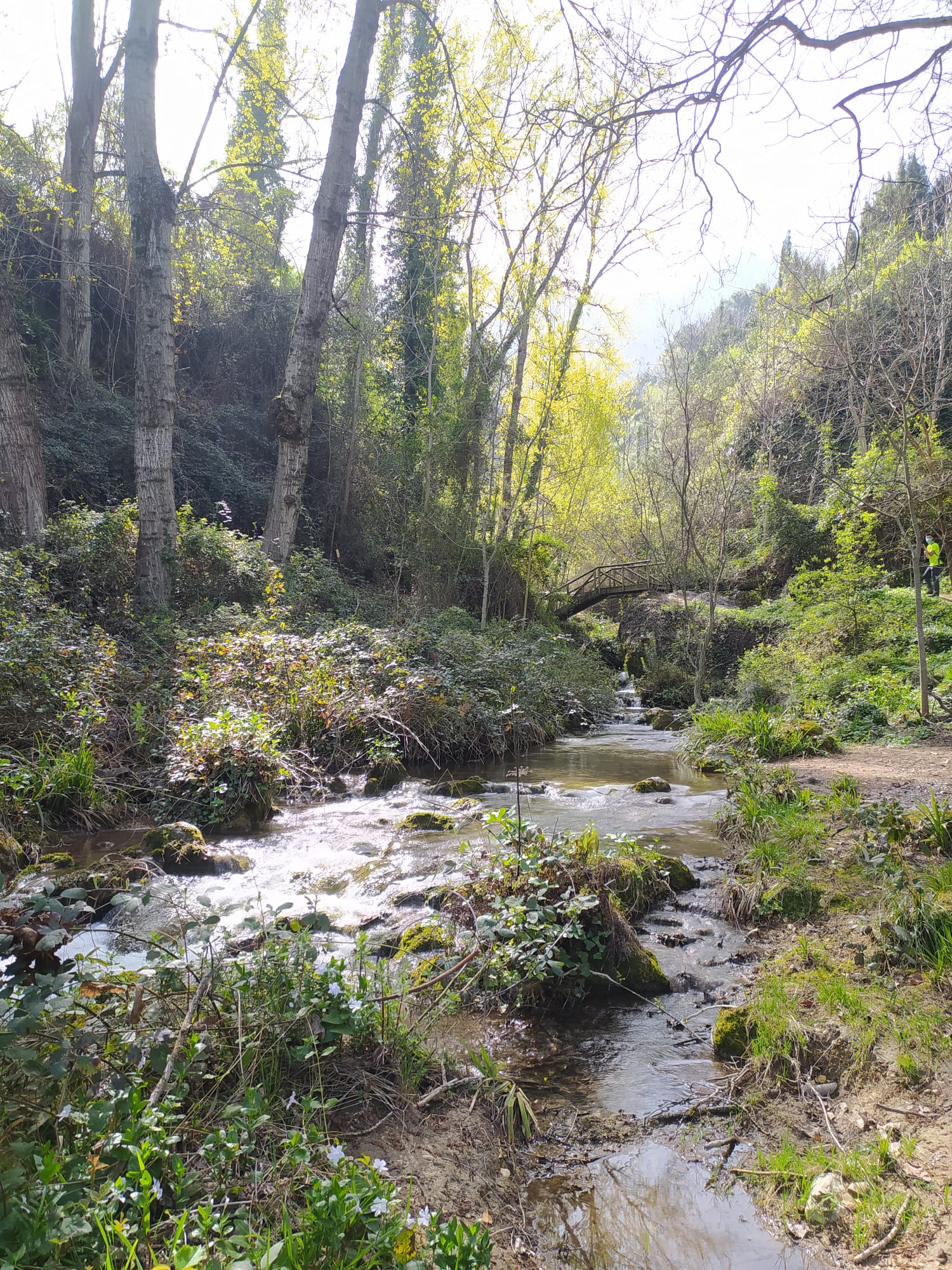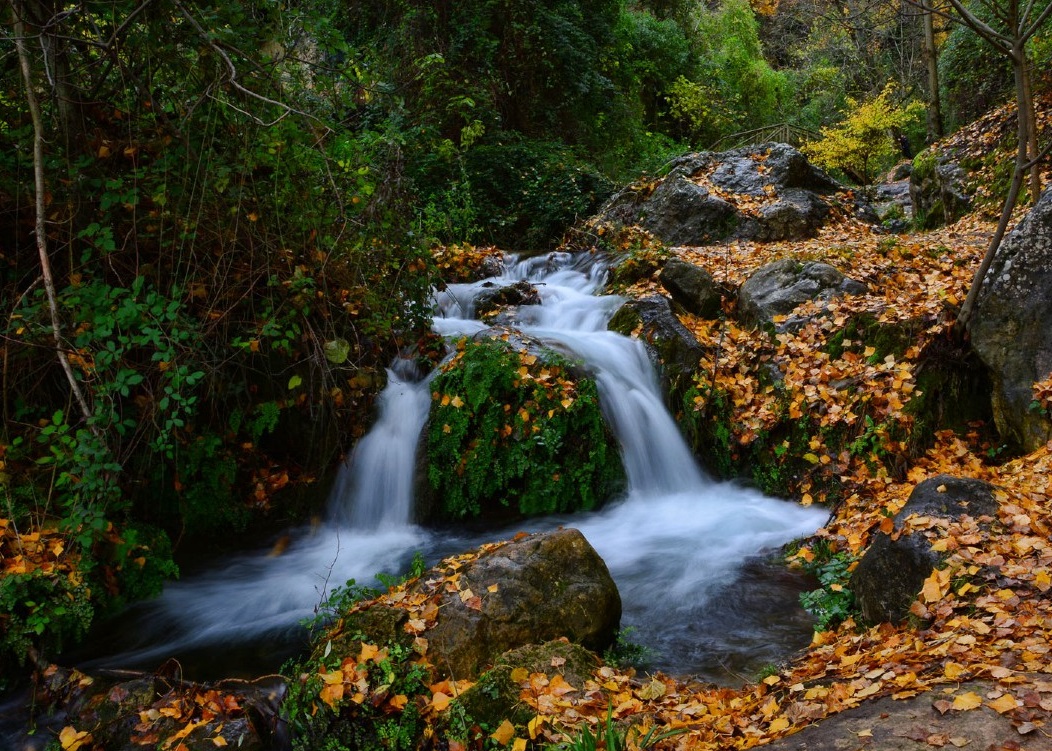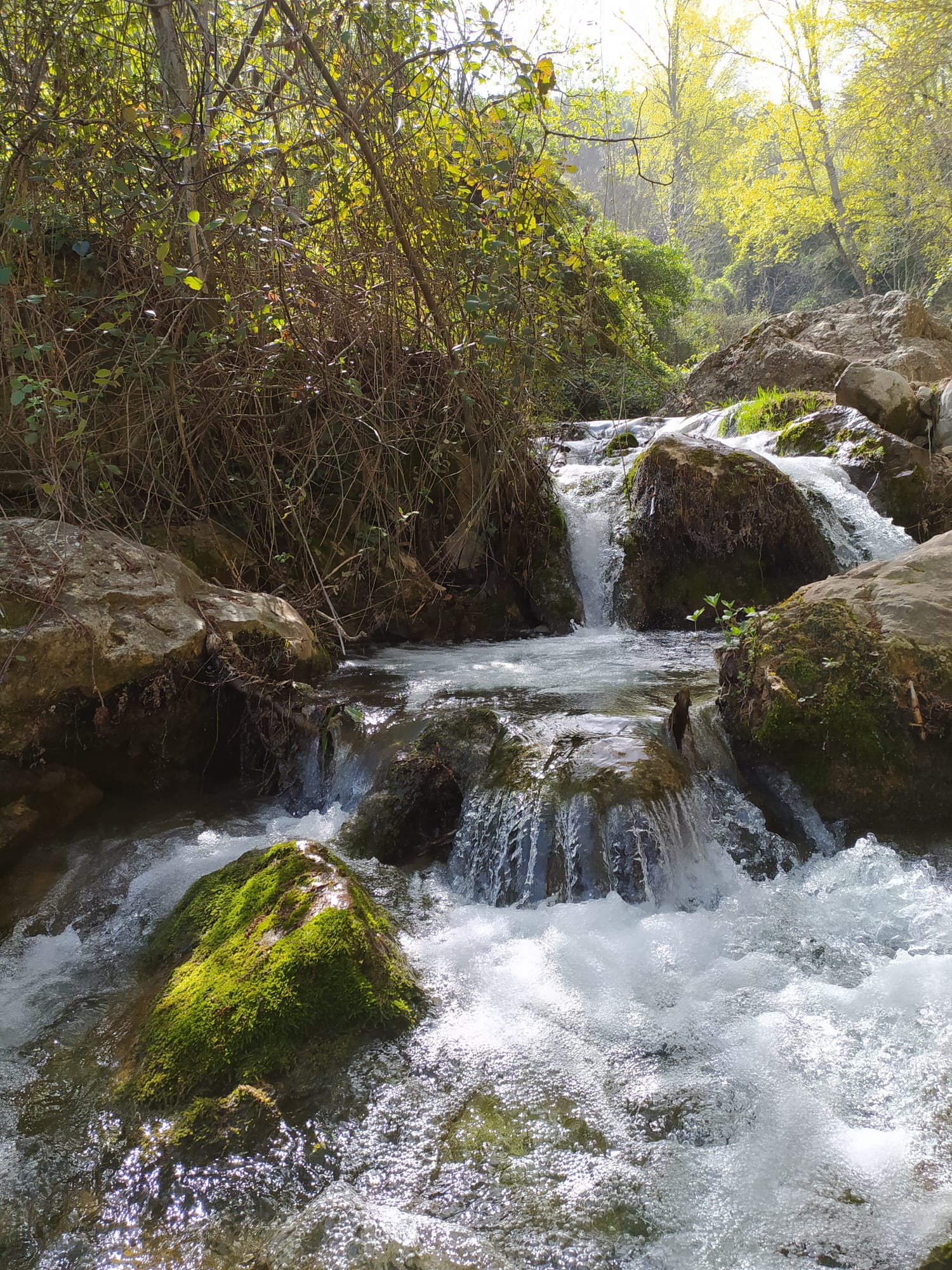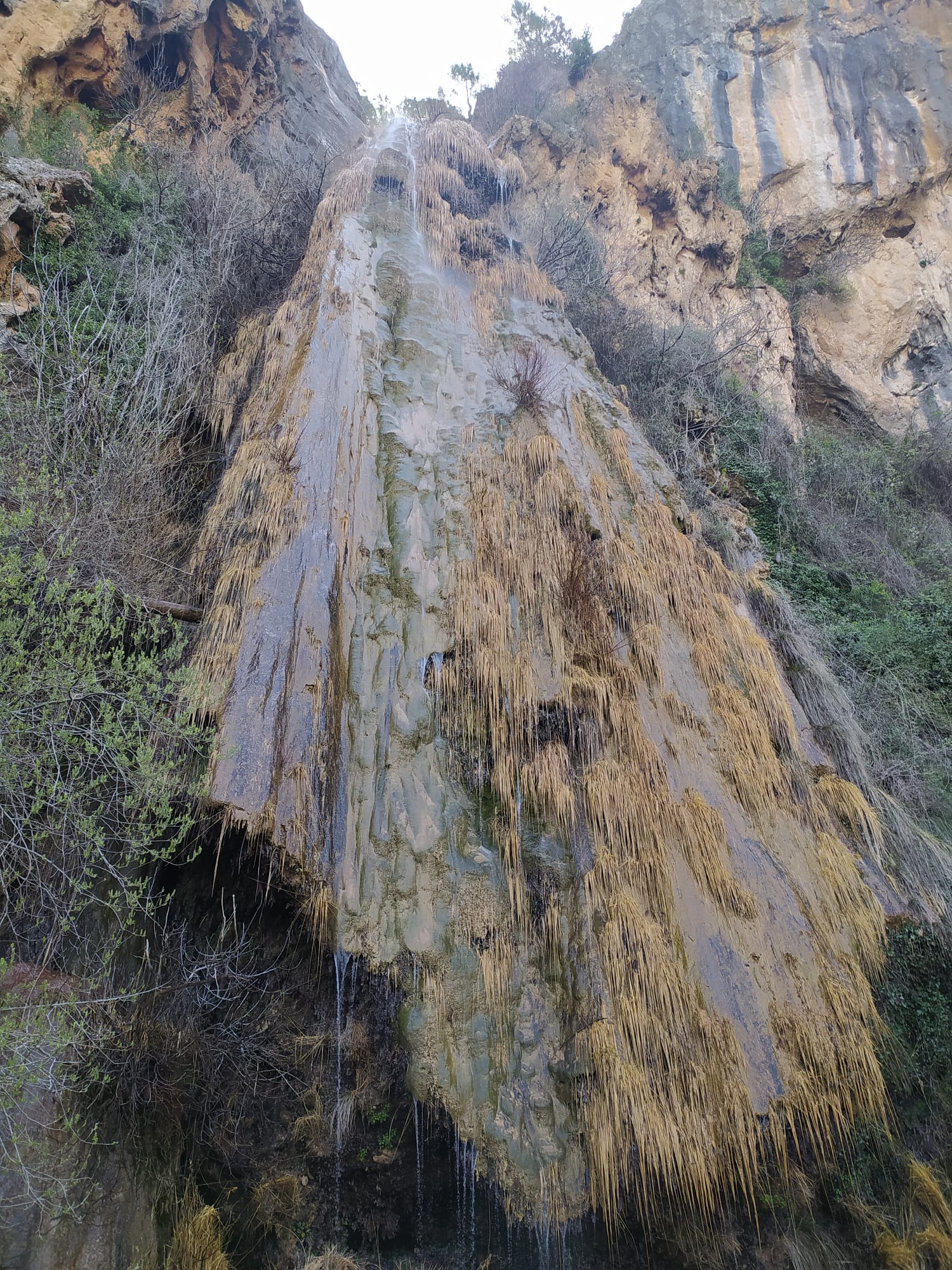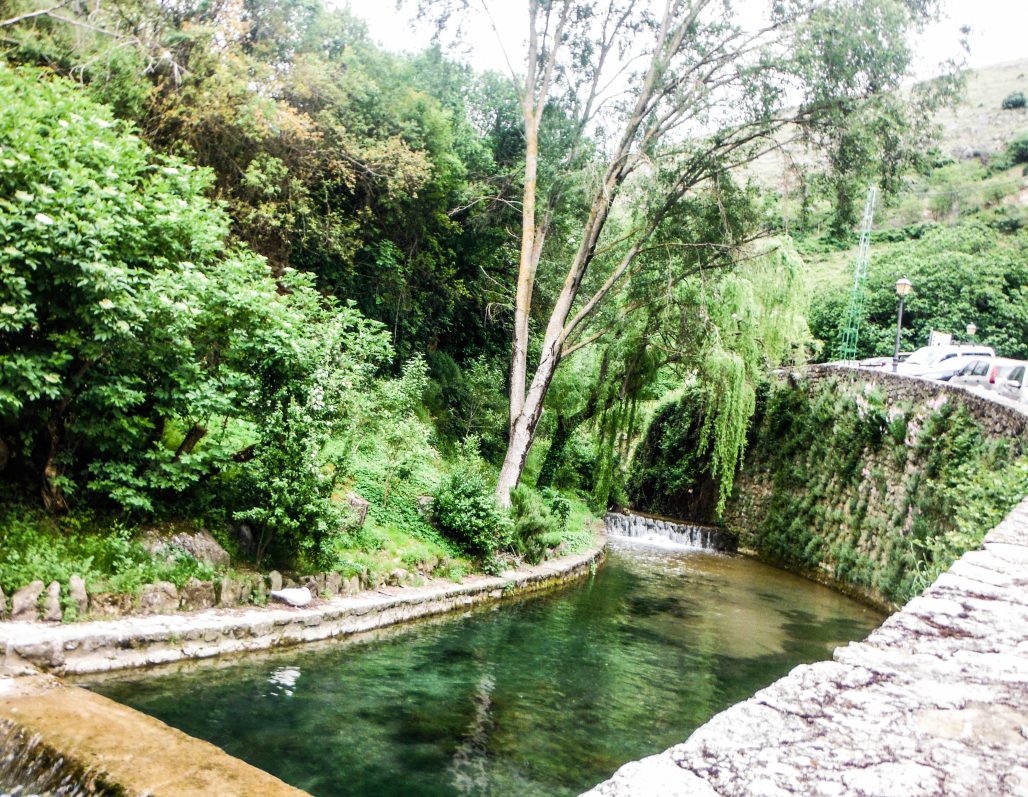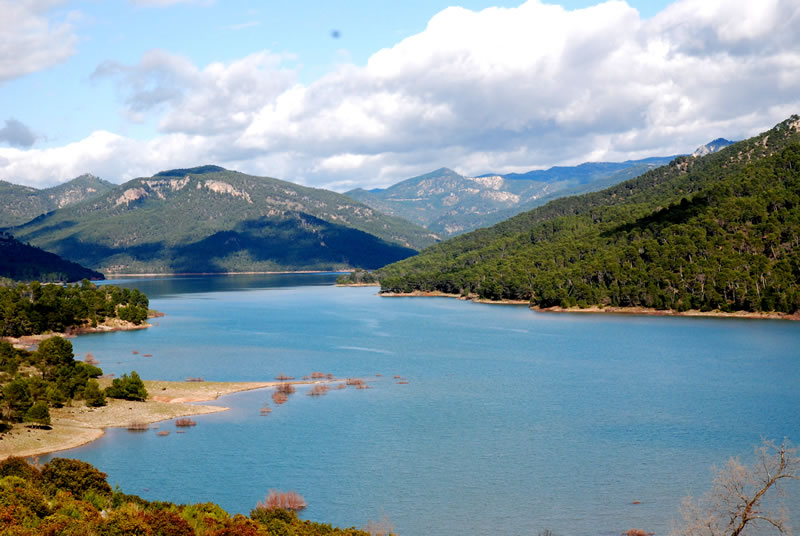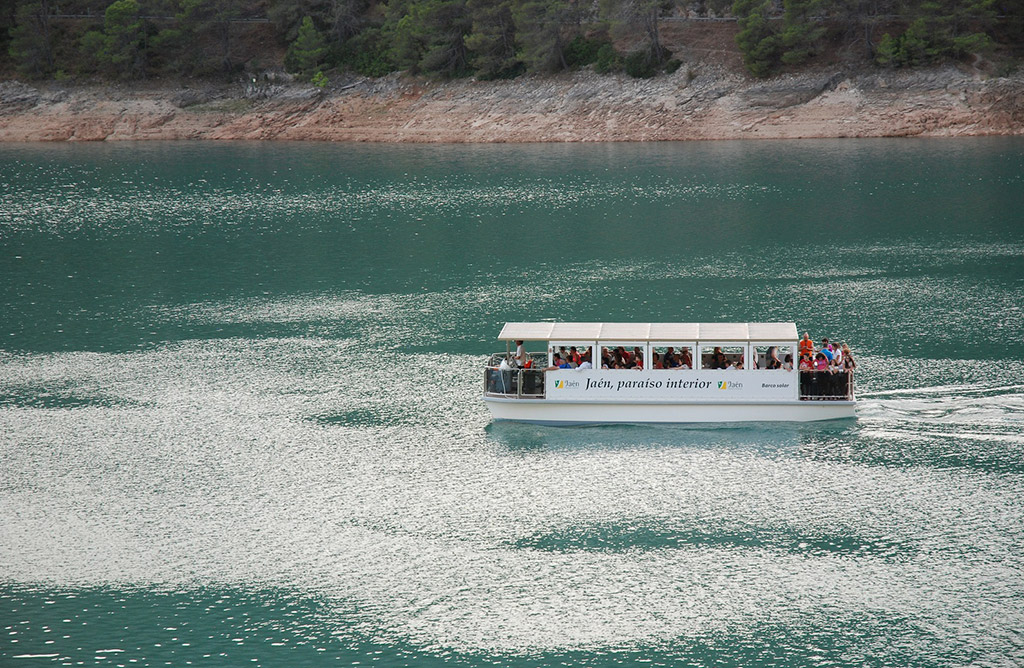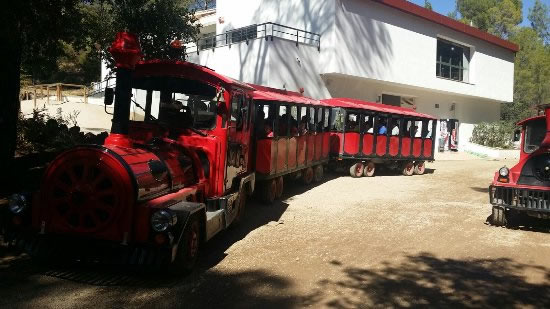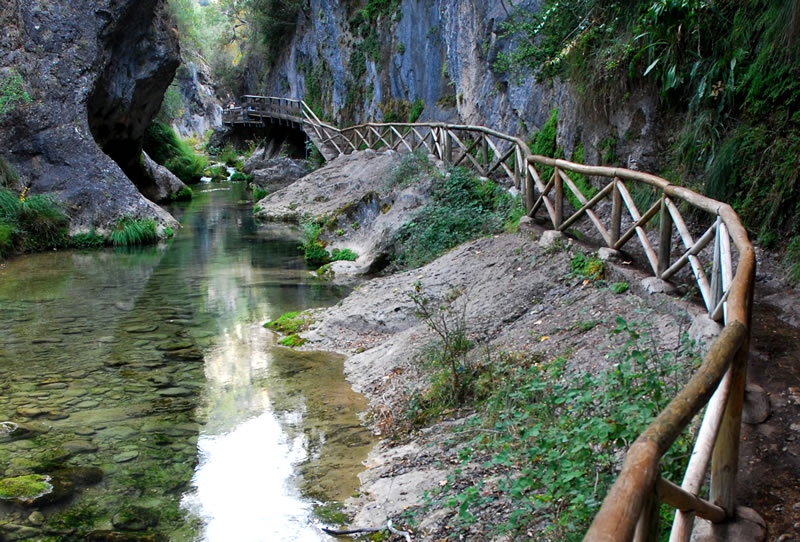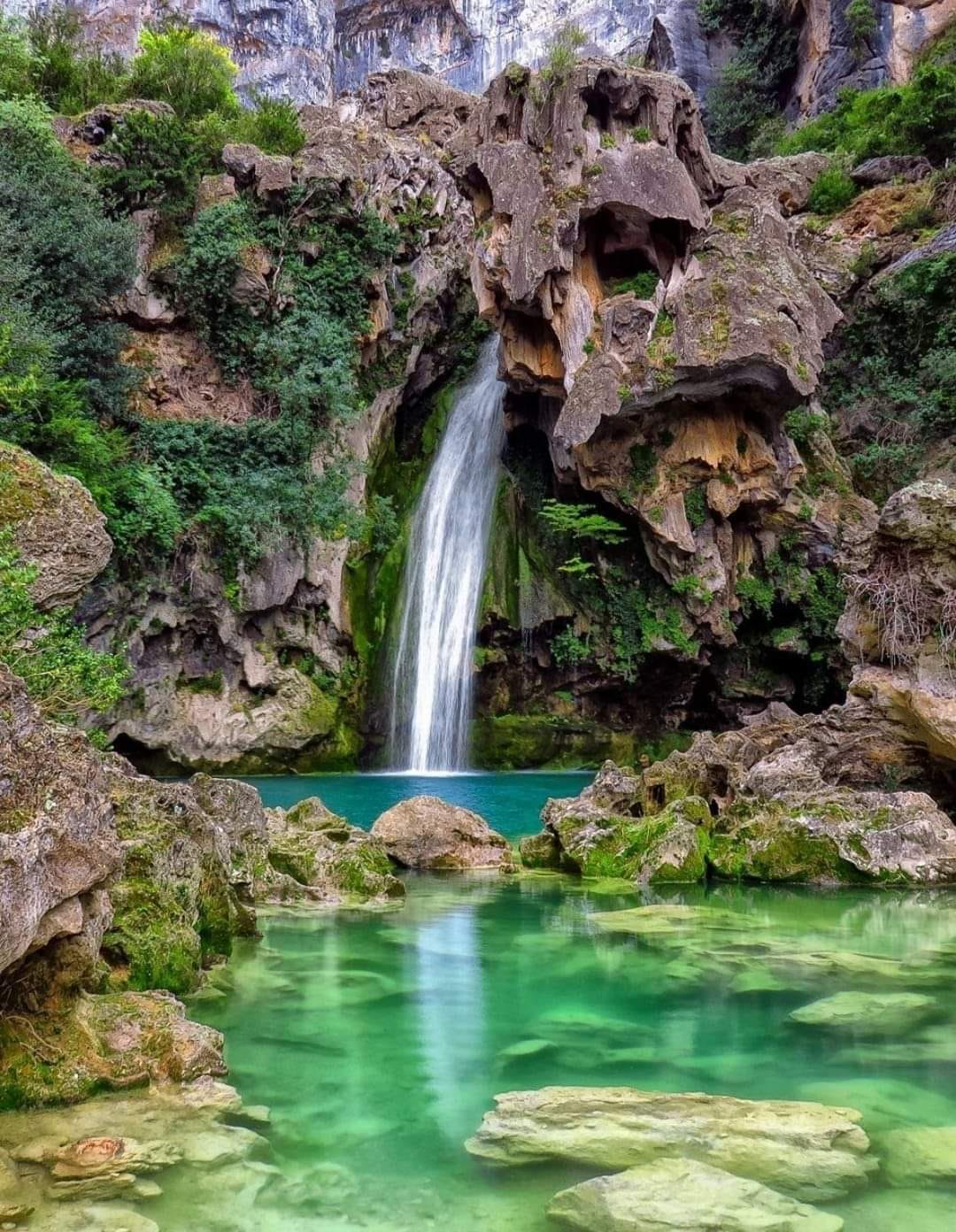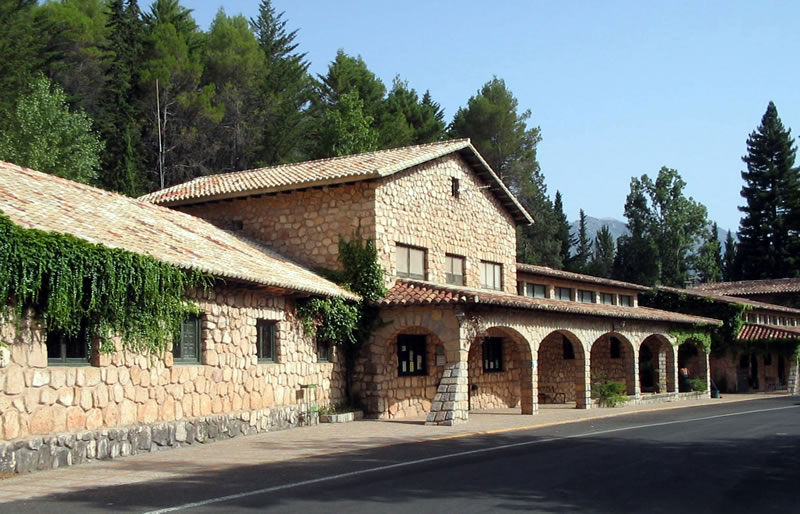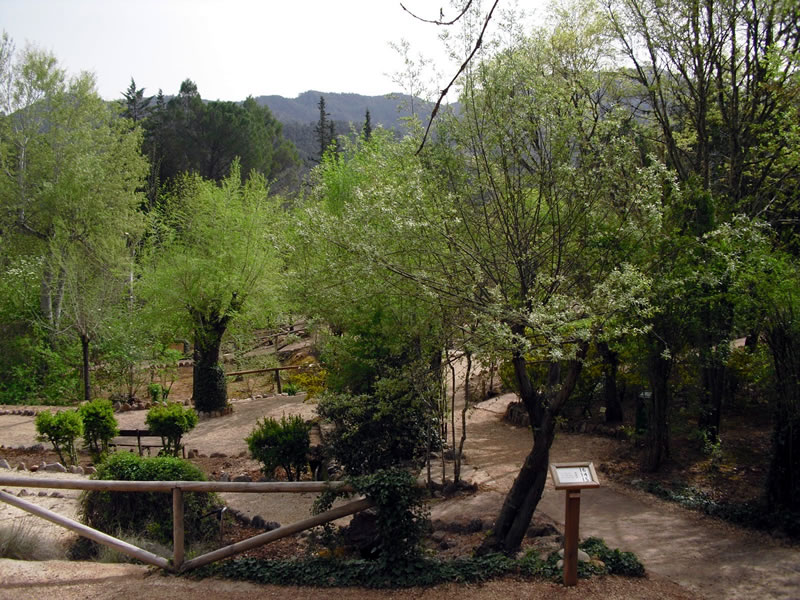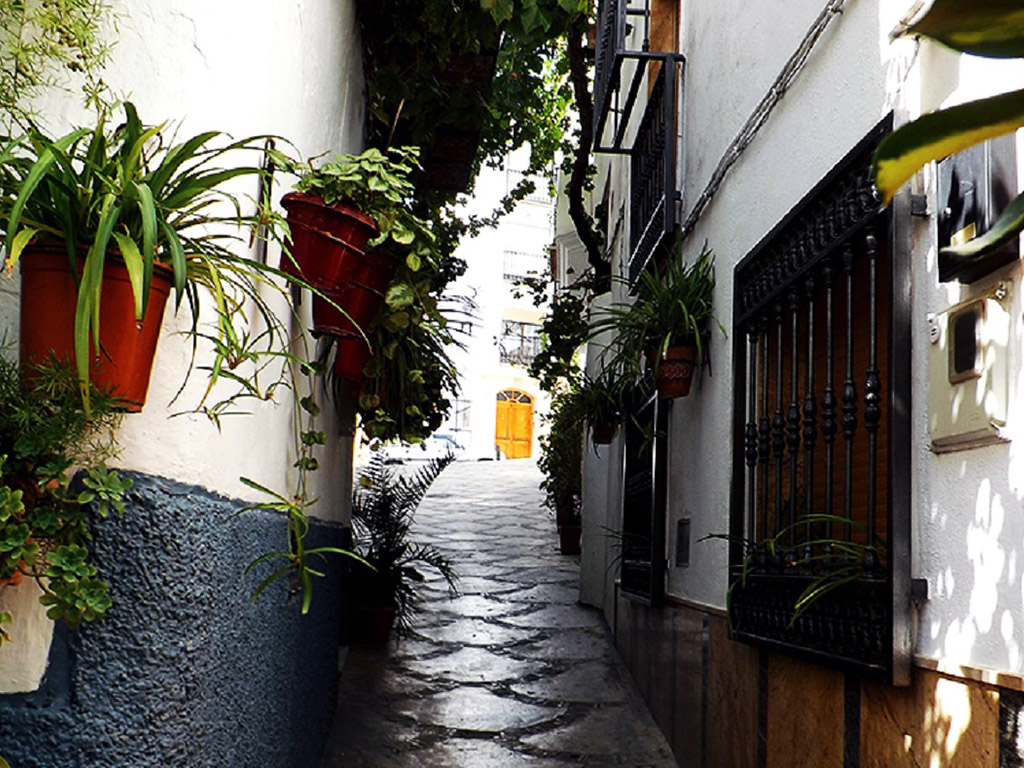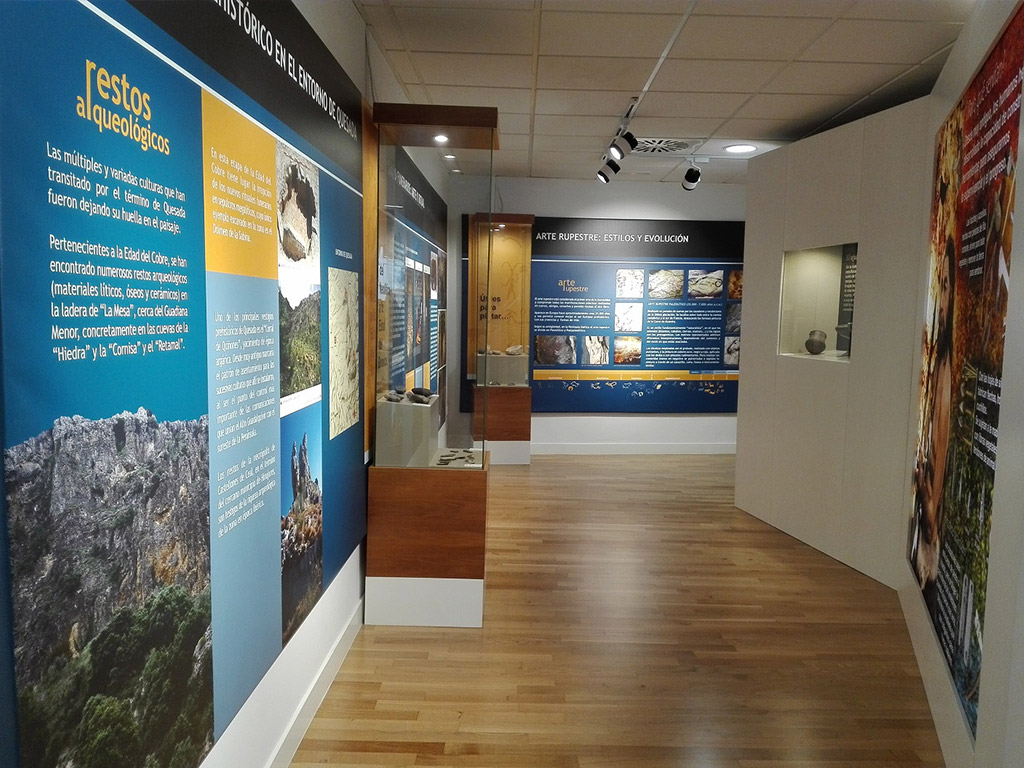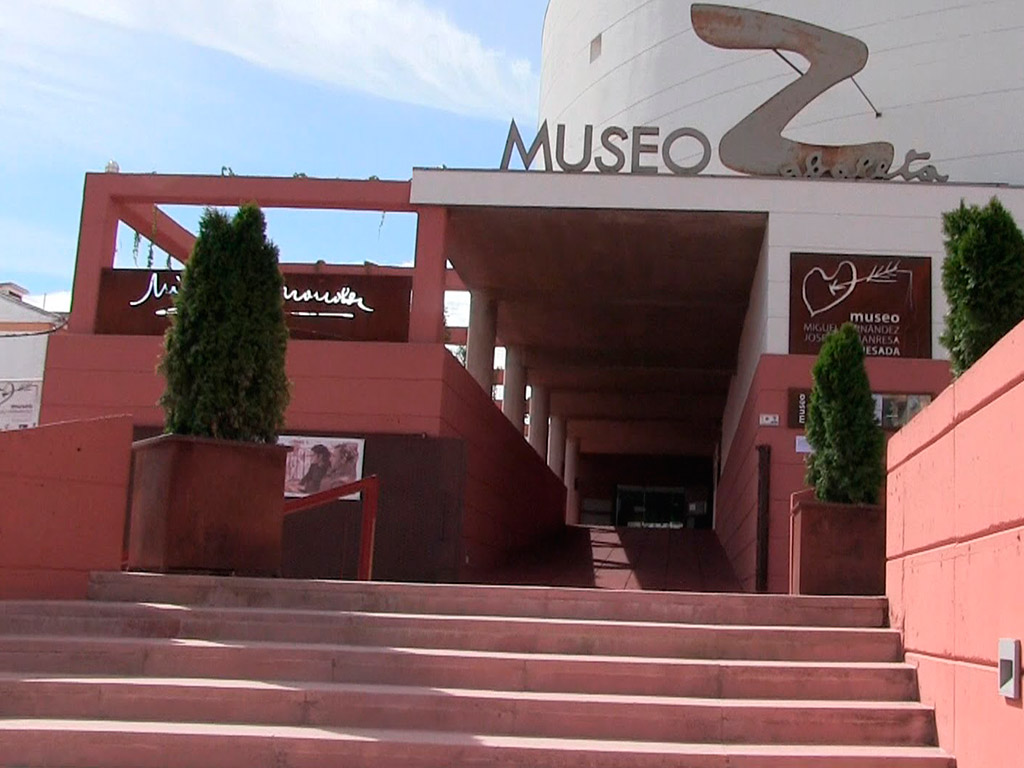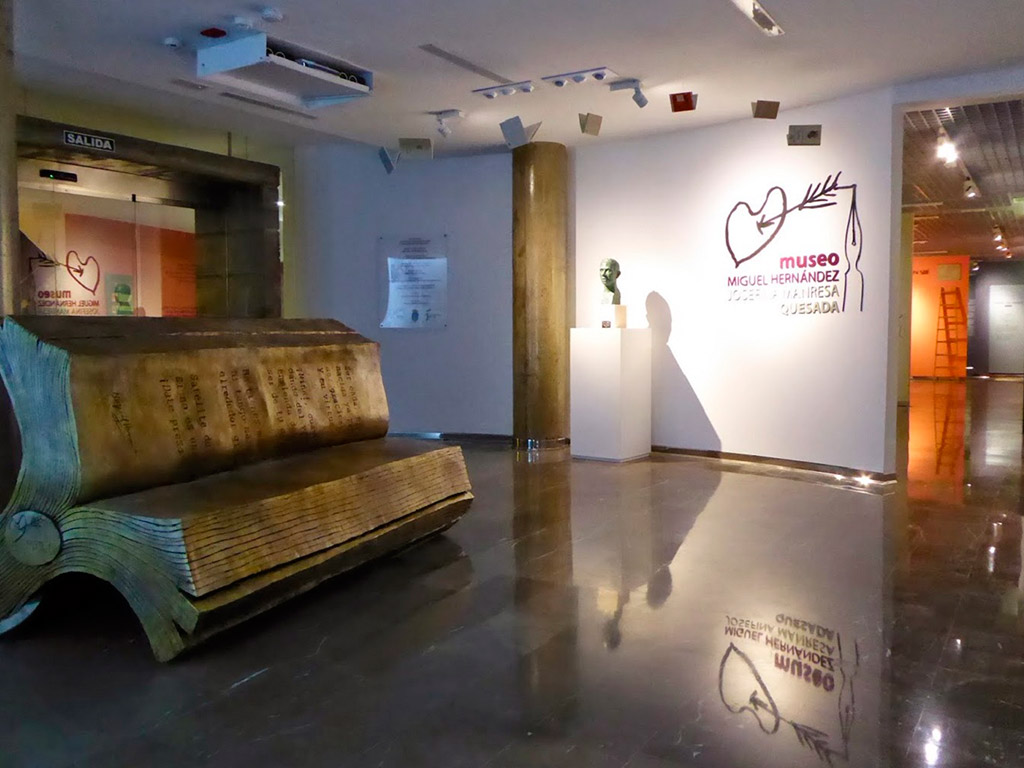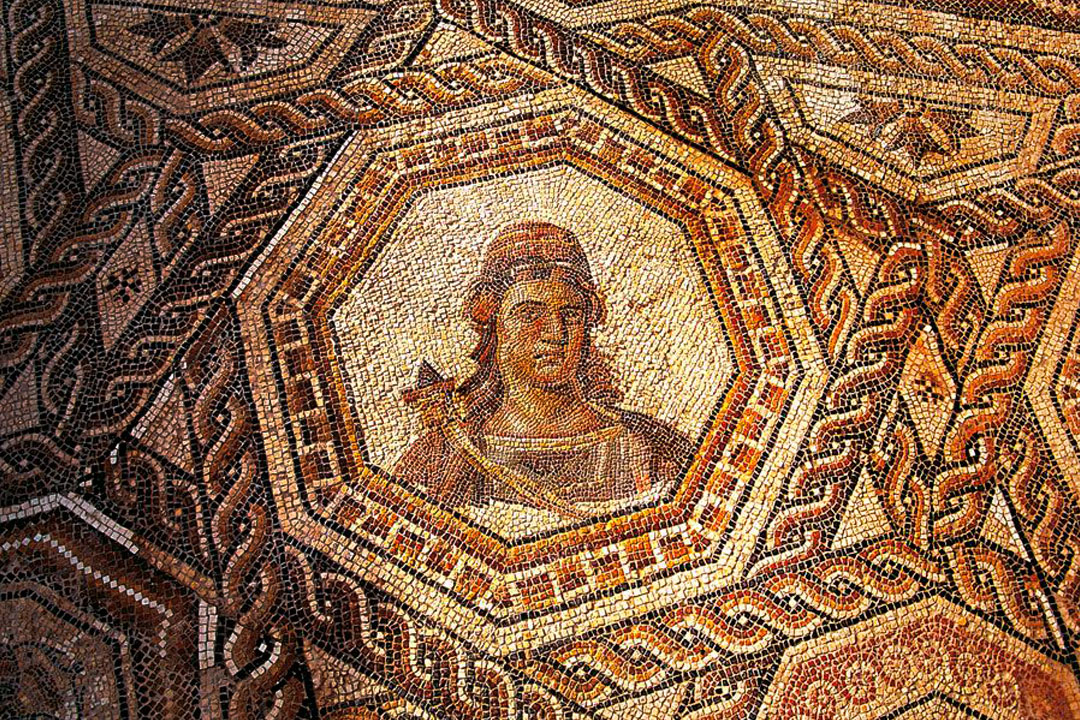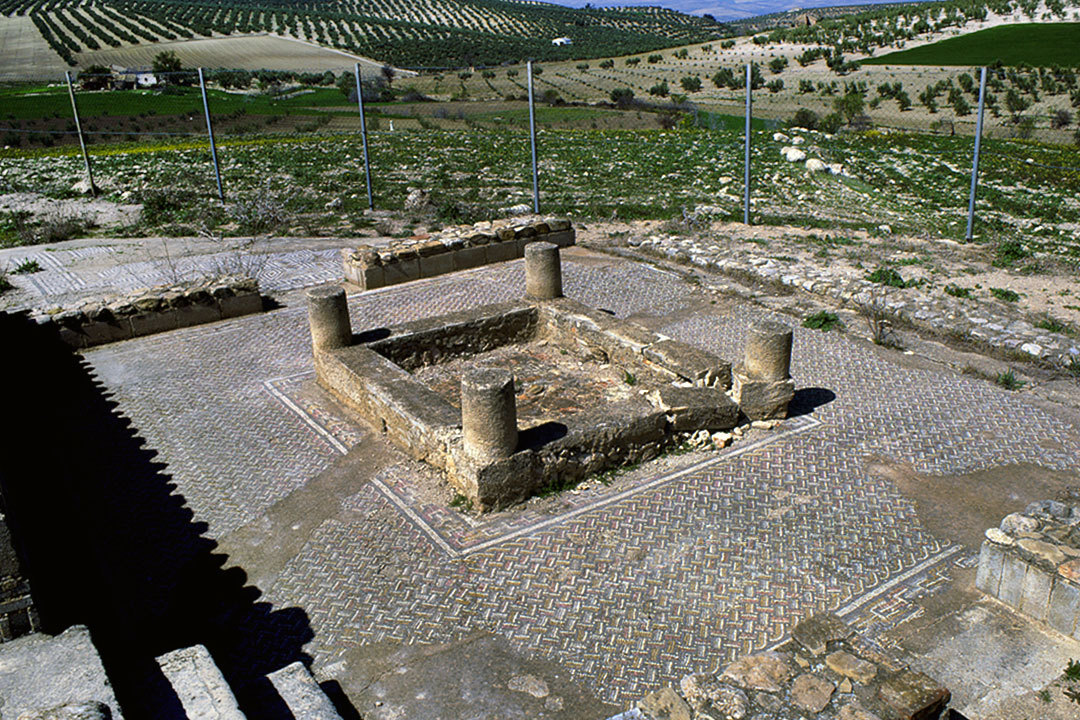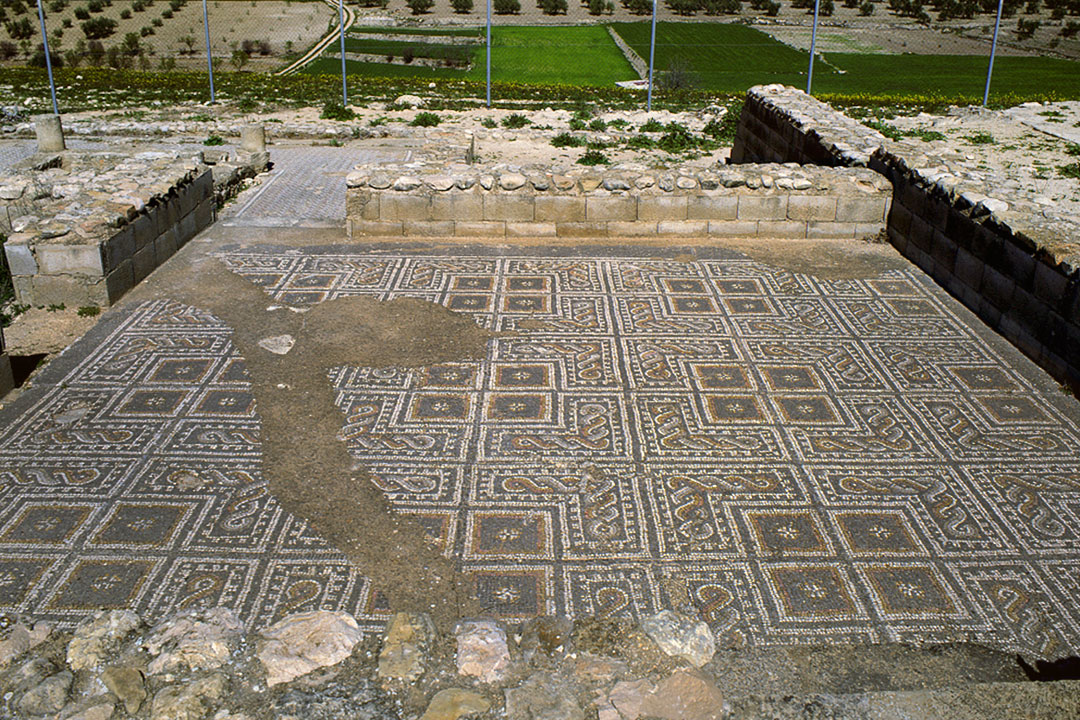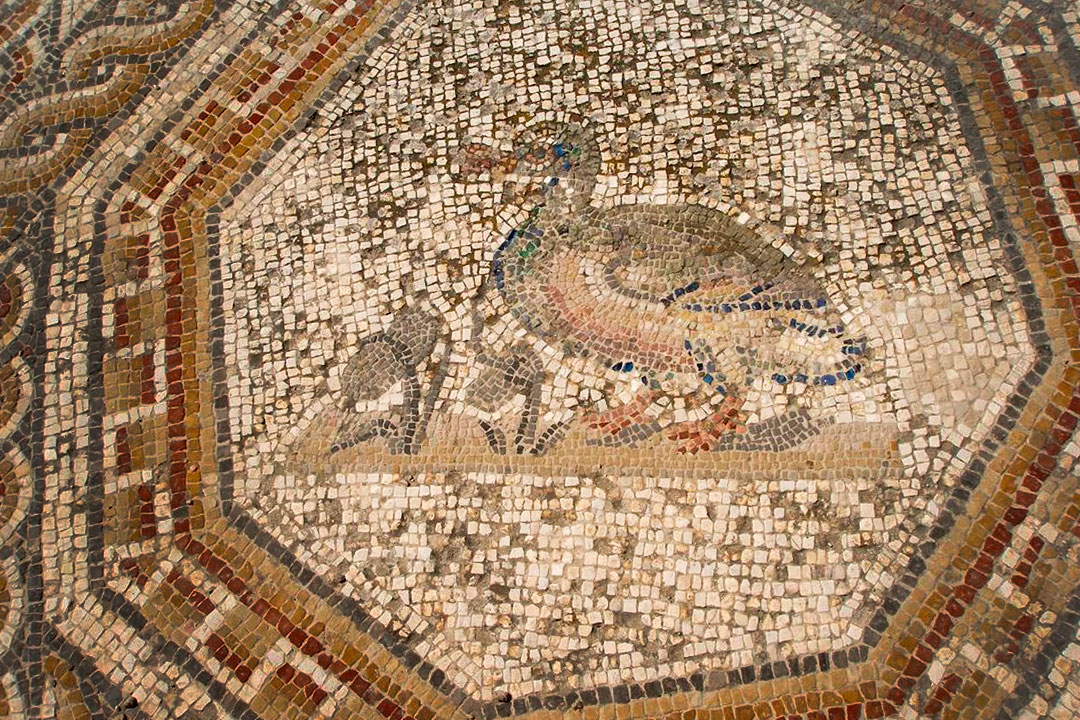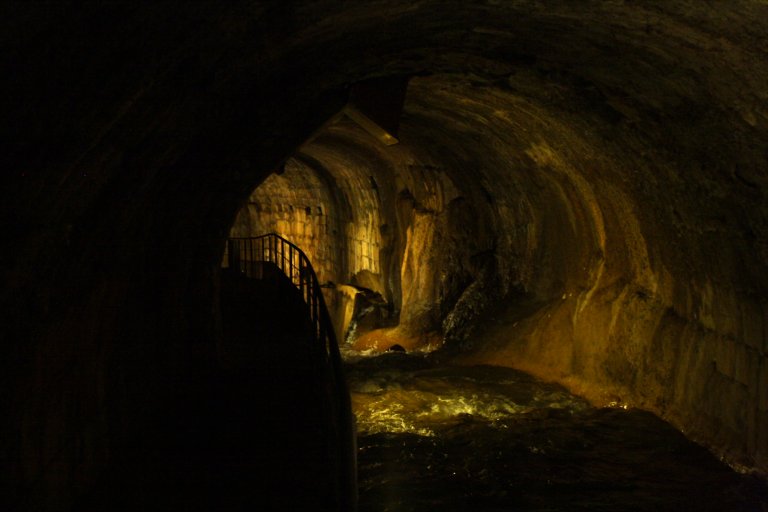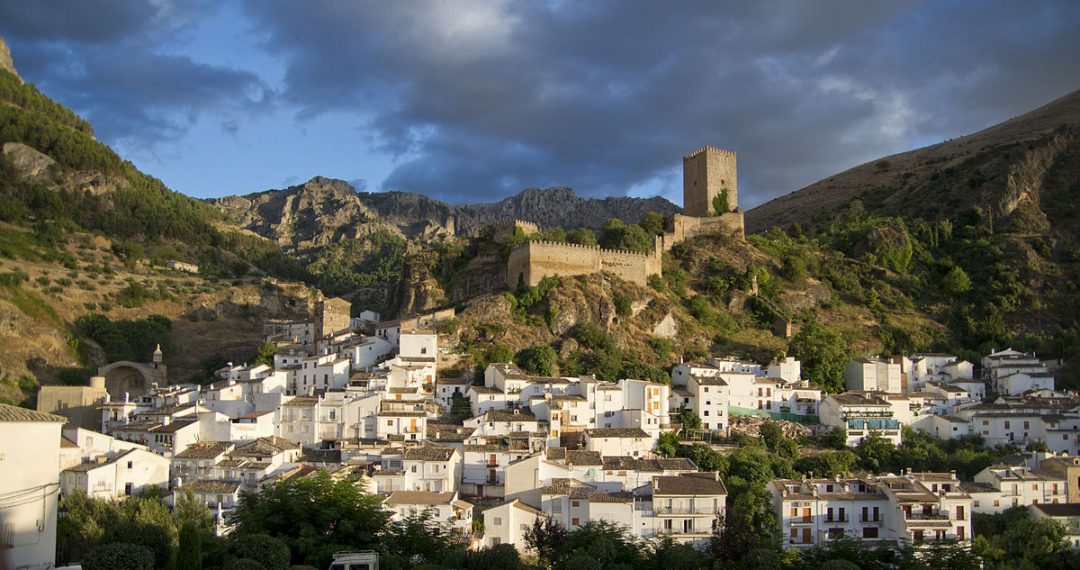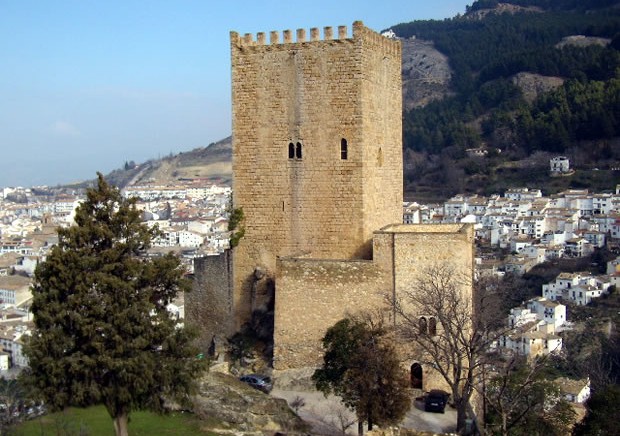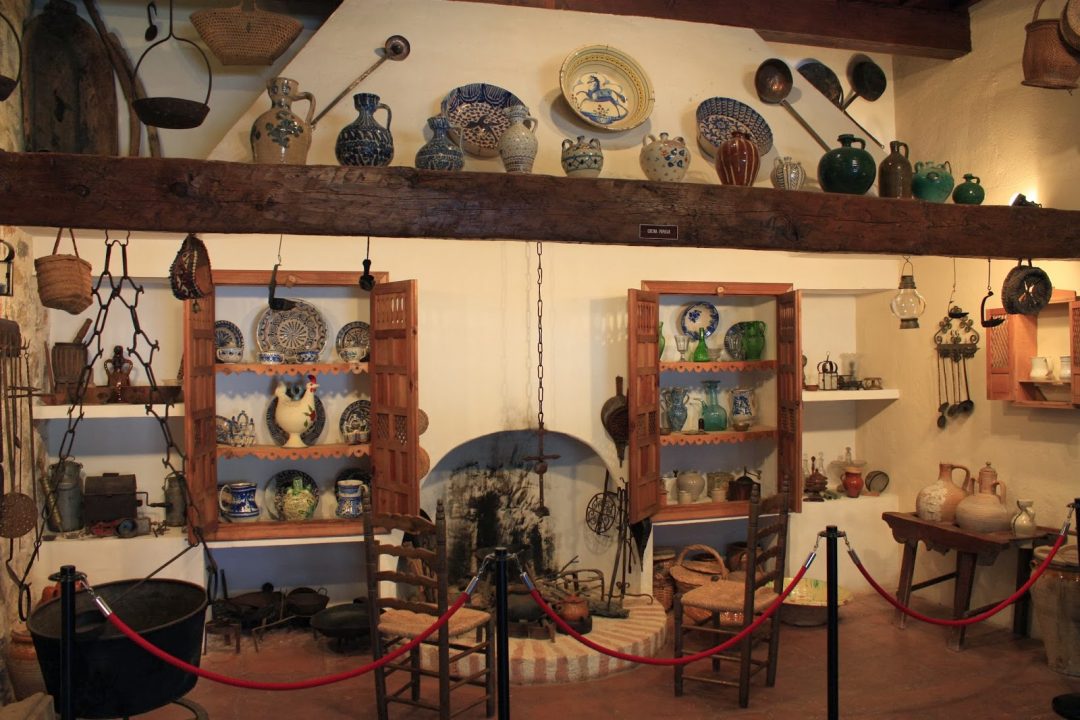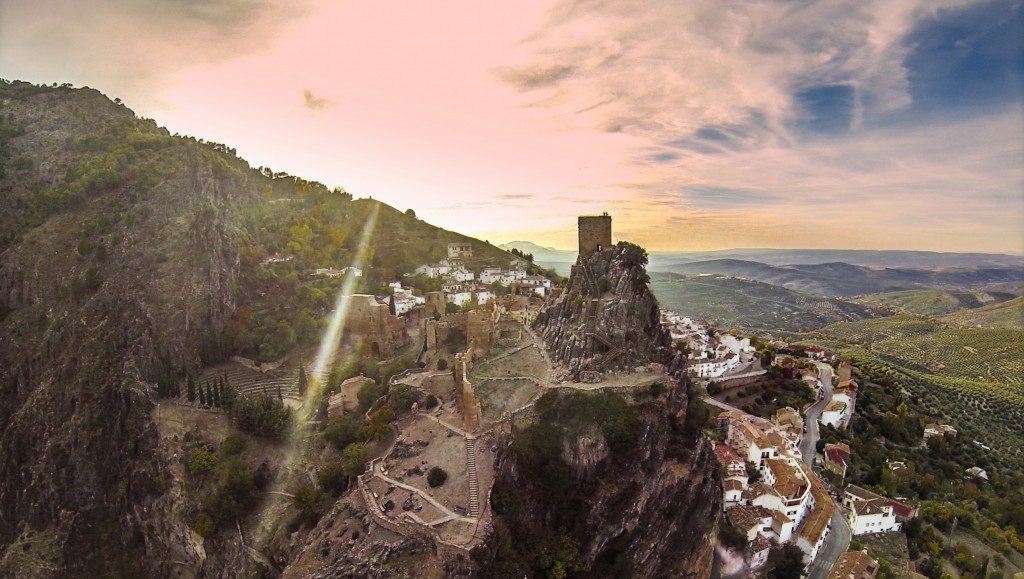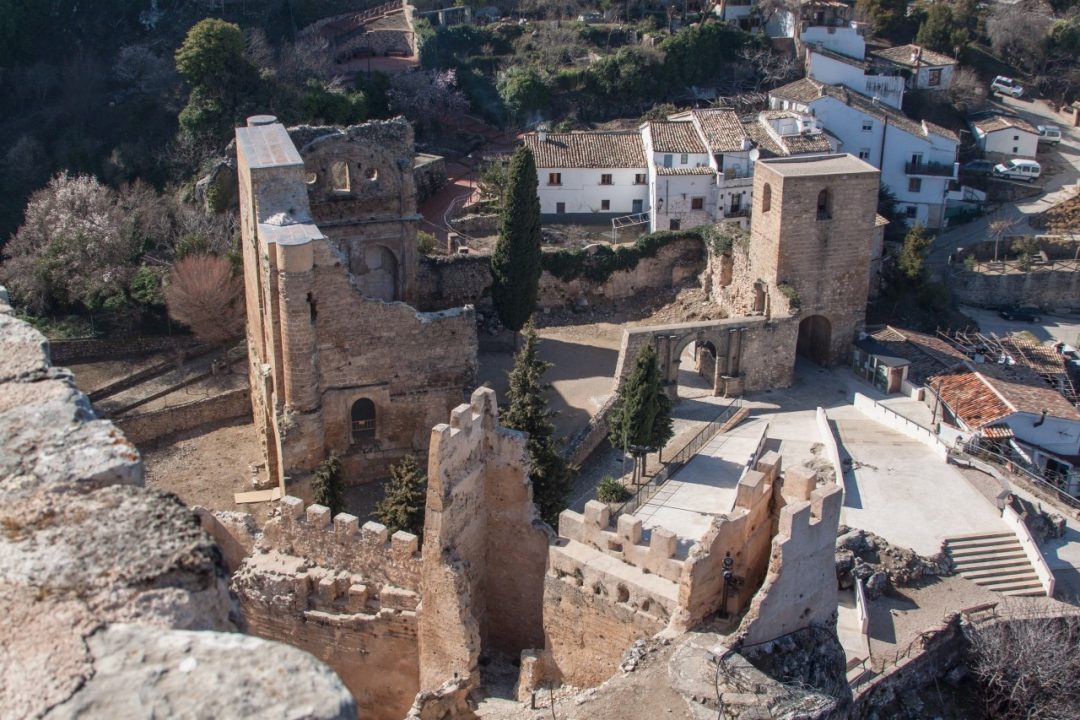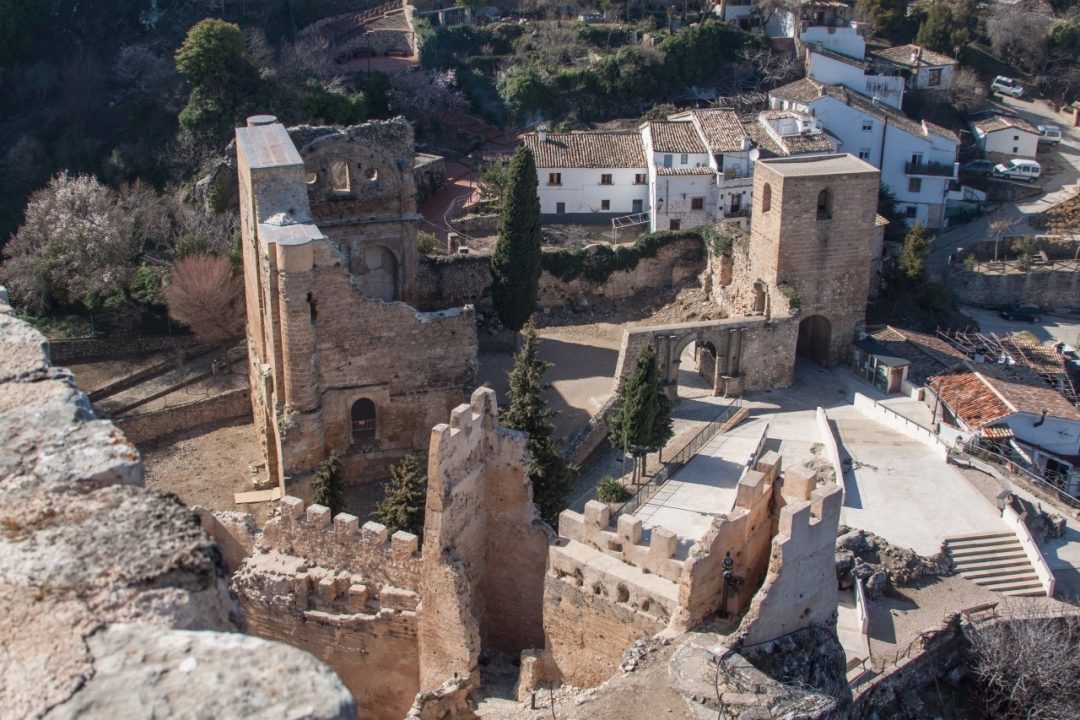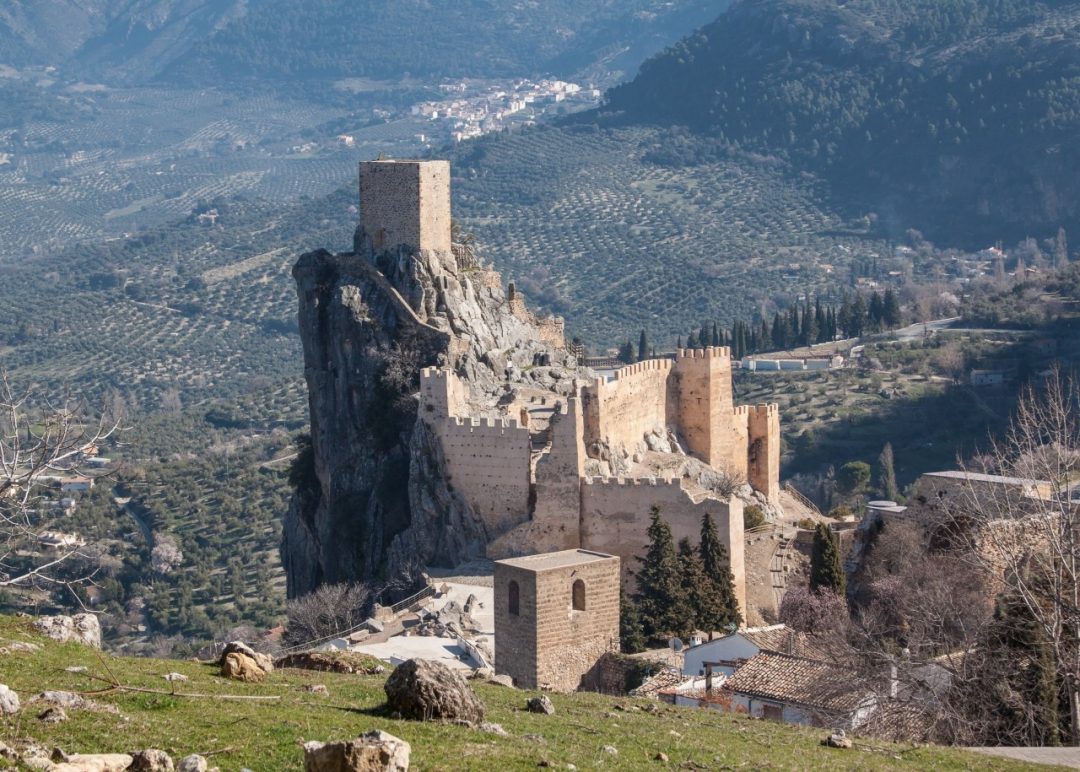Surroundings
The “Sierras de Cazorla, Segura y las Villas” Natural Park is the largest protected natural area in Spain and the second largest in Europe. Historical and cultural testimonies of great value are enclosed in the complex orography of these mountain ranges. The Park is divided into 3 regions where history, geology and wildlife take on an individual and singular relevance, be amazed by our mountains and landscapes!
The “Sierras de Cazorla, Segura and Las Villas” are characterized by being very abrupt, a place where large rocky cliffs alternate with mountainy highlands and narrow valleys, forming magnificent river courses and waterfalls.
The highest peak of these mountain ranges is “Empanadas” (2107 meters), followed by “Alto de la Cabrilla” (2032 meters) and “Cabañas” (2028 meters). Two of the most important rivers in Spain are born within the “Sierras de Cazorla, Segura y las Villas” Natural Park: the Guadalquivir river (born within the municipality of Quesada, in a spectacular natural area known as the “Cañada de las Fuentes” and which crosses the three mountain ranges of the natural park); and the Segura River, born in the mountain range that carries its name, in the area known as “Fuente Segura”.
The Sierras de Cazorla, Segura y las Villas Natural Park has a lot to discover, here we leave you the most spectacular natural places close to our rural houses.

Nature
Water cave
Part of Quesada’s natural heritage, a place where nature has created a place of spectacular beauty.
Known as the “Gruta de las maravillas” (Wonder Grotto) due to its interesting limestone formation, to its spectacular and deafening waterfalls during the ice melting season and to its whimsical stalactite formations.
The Blue Pylon
Impressive waterfall located in a corner of rocks between the villages of Belerda and Don Pedro.
It is a 10-meter waterfall that forms a pool of crystal-clear, blue waters, surrounded by lush vegetation. This is the end of the water cave, where the Tíscar river makes its way through the olive-growing countryside to merge its waters with the Ceal river and this with the Guadiana minor
Tiscar Sanctuary
The “Virgen de Tíscar” Sanctuary is located in a unique natural enclave, surrounded by mountains and nature.
This is the place where the locals worship the Virgin of Tíscar, patron saint of Quesada.
We’ll find a Church and a square full of history. And on the highest rock: Tíscar Castle or Peña Negra (Black Ridge), where you can still see some remains of the old fortress.
Birth of the Guadalquivir River
Guadalquivir river’s source lies in Quesada’s municipality; humbly coming into existence between pines, ash, maple and hawthorn, to continue its journey through Andalusia and end up being one with the salty water in the Atlantic Ocean.
The name of the area is “Cañada de las Fuentes”, under a poem written by the Álvarez Quintero brothers, in the “Sierras de Cazorla, Segura y Las Villas” Natural Park.
A wonderful place to dive into nature and absorb the impressive landscape that the mountain range offers us.
Valley of the Ancient Yews
Unique corner of exceptional beauty where we find magnificent Yew specimens (Taxus Baccata), some of them over a thousand years old, making them the oldest Yews in Europe. There is a total of 16 specimens, one of them stands out for its trunk which exceeds nine meters in diameter.
You’ll find a marked route that will take you through its vegetation, ravines, rivers and mountains and finally, at the of the route, you’ll find the oldest yew in the area.
“El Chorro”
El Chorro is a place in the Sierra de Cazorla that’s known for its great views and landscapes.
One of the most impressive natural balconies in the area, where you can see Quesada in the distance and part of the mountains, you can even see the Linarejos waterfall between the cliffs.
Agrios Mountain Range
Set of summits that can be observed in the background from Quesada, the main ones are: Rayal (1834 meters), Navilla Alta or Picón del Guante (1,931 meters) and Cerro Villalta or Aguilón del Loco (1,956 meters).
Today, its ascent has become an attraction for mountaineering enthusiasts, and is known as the Route of the Abysses or Verticality Route, sour and hard.
“Pico Cabañas”
2018 meters high, located between the Quesada and El Pozo mountains, to the south of the Natural Park, becoming the highest peak of both mountain ranges.
A place of great ecological interest, because in its surroundings you can find Pinus Nigra pine groves, counting amongst its ranks with some of the oldest in Western Europe, close to a thousand years old; and large amounts of endemic plants.
La Bolera Reservoir
It is very close to Quesada. An attractive natural environment where water accumulates to form this reservoir, a place with great views and untouched nature; a place full of charm, where the Guadalentín river outlet creates a spectacular ravine.</p>
A perfect place to surround yourself with nature, enjoy the beauty of its landscapes and do all sorts of adventure activities!
Cerrada del Utrero
Quesada’s old town is the proof of all the stages that the town has gone through. There are Visigoth and Muslim remains.
You can visit the “Arco de los Santos” (Saints’ Arch), the old gateway to the walled village of Quesada; the “Manquita de Utrera” Arch, “Calle Adentro” street, St. Peter’s and St. Paul’s church, the Church of the Immaculate Conception or the former “Hospital de Pobres” (Poor People’s Hospital), the “Barrio de la Lonja” neighborhood and the poetry corner.
Cerezuelo River
River that runs through Cazorla and has been the central axis of the life of its inhabitants.
It is one of the most beautiful corners of the area, offering spectacular landscapes. It is traveled through a route that walks along the course of the river, contemplating its pools and waterfalls; and crossing different wooden bridges. If it is completed, it passes through the Malena waterfall and culminates in the Yedra Castle.
Tranco Reservoir
One of the largest reservoirs in Spain, located in the upper Guadalquivir and the centre of the “Sierras de Cazorla, Segura y Las Villas” Natural Park.
Surrounded by forests and mountains you can enjoy a river cruise on the solar boat that flows through its waters.
Collado del Almendral Wildlife Park
Hunting park with the purpose of preserving the fauna of the Natural Park.
Guided tours are carried out on a charming tourist train, about 5 kilometres is the distance you’ll travel. You can see different animals in semi-freedom, such as fallow, deer, mountain goats, mouflons … among spectacular natural scenery.
Borosa River
One of the best-known areas and hiking trails the “Sierra de Cazorla”.
The Borosa River is one of the Guadalquivir River’s main affluents, its source being in the “Aguas Negras” (Black Waters) lagoon and discovering amazing places such as “Cerrada de Elías” (Elías’ Close) or the “Salto de los Organs” (Jump of the Organs), ending in the Aldeazores Lagoon,
Platforms that rise above the water, emerald green pine forests and crystal-clear waters, spectacular geological formations, impressive water plunges and tunnels that run under the rocky mountains.
“Vinagre” Tower
The visitors centre of the “Torre del Vinagre” is a vast window through which we can take a look at the natural park and get valuable information about everything that it offers us.
Its privileged enclave, right in the middle of the Guadalquivir valley, allows you to enjoy one of the most emblematic locations in the area and to get to know all about all the different environments and sceneries that are found in these mountains.
Inside the building you will find an exhibition that shows the different species of the natural space, such as deer, mouflons, fallow…
You can also visit the botanical garden and its large sample of forests and vegetation, containing a vast amount of all the species present in the Park.

Culture
Old town of Quesada
Quesada’s old town is the proof of all the stages that the town has gone through. There are Visigoth and Muslim remains.
You can visit the “Arco de los Santos” (Saints’ Arch), the old gateway to the walled village of Quesada; the “Manquita de Utrera” Arch, “Calle Adentro” street, St. Peter’s and St. Paul’s church, the Church of the Immaculate Conception or the former “Hospital de Pobres” (Poor People’s Hospital), the “Barrio de la Lonja” neighbourhood and the poetry corner.
CIPAQ (Quesada Archaeological Heritage Interpretation Center)
A museum that contains the history and archaeological remains of the great heritage left by Quesada’s ancestors.
A floor is dedicated to one of the most important sets of prehistoric cave paintings, schematic of the province of Jaén, declared a World Heritage Site. In this museum you can learn how the Neanderthals lived in the Copper Age.
Another floor contains an exposition about the Roman period in the Iberian Peninsula, which has an amazing collection of mosaics. In addition to learning about typical life in Roman times, we’ll also find out about the history of the Bruñel Roman village, located in Quesada.
Rafael Zabaleta Museum
Museum dedicated to Quesada born painter Rafael Zabaleta and that gathers 1227 of his pieces. It contains 114 oil paintings, 11 watercolours and 500 drawings. We’ll discover personal objects of the painter; and art from other great masters of the 20th century, considered “Zabaleta’s friends”.
You can also see four collections of modern art donated by different personalities, such as the collection of Cesáreo Rodríguez Aguilera, José Luis Verdes and Ángeles Dueñas; finally, there is a very interesting collection of contemporary art from the International Painting Contest Homage to Rafael Zabaleta, all the winning pieces have been exposed there since 1970.
Miguel Hernández Museum – Josefina Manresa
Quesada houses the legacy of this renowned Spanish poet. The museum is divided into five rooms that exemplify his literary work and poems, and that display different personal objects that are part of his legacy, such as his typewriter and his emblematic suitcase; as well as other personal belongings.</p>
You can find photographs, his most important compositions, early audio recordings of his voice, the recreation of a trench, his house in Orihuela and a musical corner for singer-songwriters who used his texts as lyrics in their songs.
Roman Villa of Bruñel
Archaeological settlement located in the municipal district of Quesada; One of the main and important deposits of Roman period in the province of Jaén.
The villa is located on a soft hill south of the Arroyo de Bruñel, and is formed by the ruins of an Iberian necropolis of the 4th century BC, and a Roman occupation that extends from the second century to the fourth.
It presents the remains of a large villa of the third century, which highlights the atrium, the impluvium (pond for rainwater) and the peristyle (patio surrounded by columns), around which were distributed most rooms, which were paved almost all with Mosaics; of which there is an interesting collection very well preserved.
Ruins of Santa María and Underground Vault
Renaissance Church of the 16th century located in the old town of Cazorla and built on the river Cerezuelo, which forced to channel the river entering a vault under the main altar, through the entire church and the underground of the Plaza de Santa Maria.
A terrible storm, flooded the church in the year 1,694, which difficult its completion and causing serious damage.
Yedra Castle – Museum of Arts and Customs
Old defensive enclave with medieval features and Gothic style, in the municipality of Cazorla. Located in the Cerro de Salvatierra and with the river Cerezuelo at its feet, is a construction of the Berber period, and finished by the Castilians.
This castle is home to the Museum of Popular Arts and customs “Alto Guadalquivir”.
Iruela Castle – Santo Domingo Church Ruins
Small Castle of Arab-medieval origin, located on the top of an abrupt cliff of the locality of the Iruela in Sierra de Cazorla. It has breathtaking views of the locality and the surroundings.
Has three walled enclosures, where the 16th century church of Santo Domingo is located inside the castle.

